Let's say, you have a range of following data which need to become dynamic named range 1 Firstly, I will define range names for this range Select the range A1A6 and enter the name Date into the Name Box, then press Enter key To define a name for range B1B6 as Saleprice with the same way At the same time, I create a formula =sum(Saleprice) in a blank cell, see screenshotYou can also define your data as a database and create defined names for each chart data series To use this method, follow these steps In a new worksheet, type the following data Select the range A1B4, and then click Set Database on the Data menu On the Formula menu, click Define Name In the Name box, type DateIn a nutshell, Named range is just naming of ranges How to name a range in Excel?
:max_bytes(150000):strip_icc()/NamedRangeNameManager-5c192805c9e77c0001a4b91c.jpg)
How To Define And Edit A Named Range In Excel
Range name excel definition
Range name excel definition-Define name manually To define a name to a range, you can use shortcut CTRLF3 Or you can follow these steps Go to Formula Tab;To begin, open workbook 12 using Microsoft Excel To define a range name in Excel, you first need to select the cell or range of cells that you would like to work with For this example, select cells in the sample workbook Next, click Formulas → Define Name (not the dropdown arrow) This action will open the New Name dialog box Here, you can give the new range a name
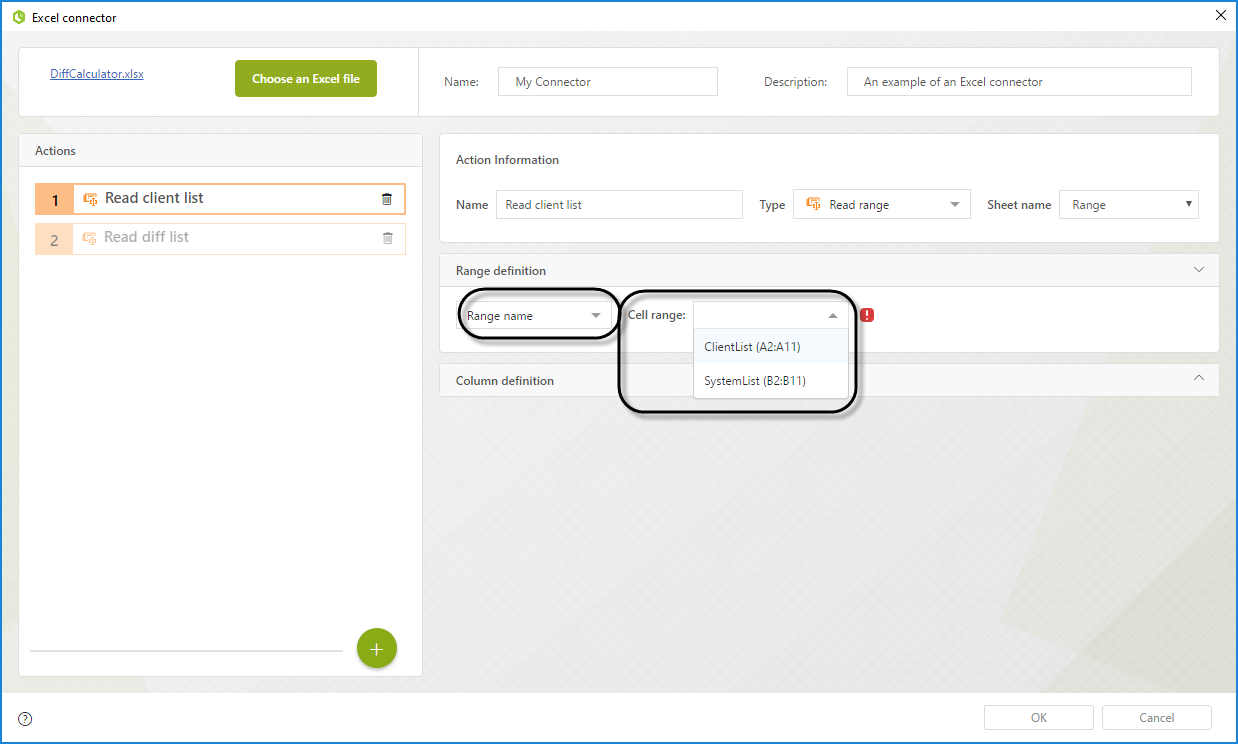



Bizagi Studio Integrating External Applications From Bizagi Excel Connector Read Range Action
I have never seen a local range name being created by defining the same name twice, the second time simply overwrites the first definition Copying a sheet effectively creates local range names for all global ones pointing to the original sheet This is one of the big problems in files with copied sheets, they gather lots of local range names and hence cause the file toRange Name Syntax Rules Excel has the following syntax rules for names − You can use any combination of letters, numbers and the symbols underscores, backslashes, and periods Other symbols are not allowed A name can begin with a character, underscore or backslash A name cannot begin with a number (example 1stQuarter) or resemble a cell address (example QTR1) A range may refer to any of the following 1 In general, a range refers to a series of values between two other values For example, the range between 1 and 5 is 2, 3, and 4 2 When referring to a spreadsheet, the range or cell range is a group of cells within a row or columnFor example, in the formula =sum(A1A10), the cells in column A1 through A10 are the range of cells
Excel Named Ranges makes it easy to refer to data sets in Excel You can create a named range in Excel for each data category, and then use that name instead of the cell references For example, dates can be named 'Date', Sales Rep data can be namedRange names are names used to refer to cell references, formula results, or values They are often used to avoid hardcoded values appearing in formulas and to make formulas clearer in general They are stored in what is known as the Name Manager in Excel(2) Place the cursor into the Refers to box, next go to the Sheet Tab bar and select multiple adjacent sheets by holding the Shift key and clicking the first sheet and the last one, and then select a range in current worksheet 3 Click the OK button in the New Name box
Of course, there are many more practical uses of Range Names in Excel But we will cover those in later posts Analytics, Excel;Select the range you want to name, including the row or column labels Click Formulas > Create from Selection In the Create Names from Selection dialog box, select the checkbox (es) depending on the location of your row/column header If you have only a header row at the top of the table, then just select Top row On the Formula tab, in the Defined Names group, click Define Name Or, press Ctrl F3 to open the Excel Name Manger, and click the New button Either way, the New Name dialogue box will open, where you specify the following details In the Name box, type the name for your dynamic range




Statistical Functions




Ms Excel How To Use The Countif Function Ws
Excel 16 tutorial on how to assign your own name to a cell, or range of cells This can be very helpful when using a familiar name of a cell, or range ofChange Failure Report to your NamedRange Your Excel data changes frequently, so it's useful to create a dynamic defined range that automatically expands and contracts to the size of your data range Let's see how Let's see how By using a dynamic defined range, you will not need to manually edit the ranges of your formulas, charts, and PivotTables when data changes




How To Delete Named Range Excel Using Vba And Doing This Automatically



1
Named Ranges Named Ranges are Ranges associated with a certain Name (string) In Excel you can find all your Named Ranges by going to Formulas>Name Manager They are very useful when working on certain values that are used frequently through out your Workbook Imagine that you are writing a Financial Analysis and want to use a common DiscountDynamic Named Range A dynamic named range expands automatically when you add a value to the range 1 For example, select the range A1 and name it PricesExcel name types In Microsoft Excel, you can create and use two types of names Defined name a name that refers to a single cell, range of cells, constant value, or formula For example, when you define a name for a range of cells, it's called a named range, or defined range
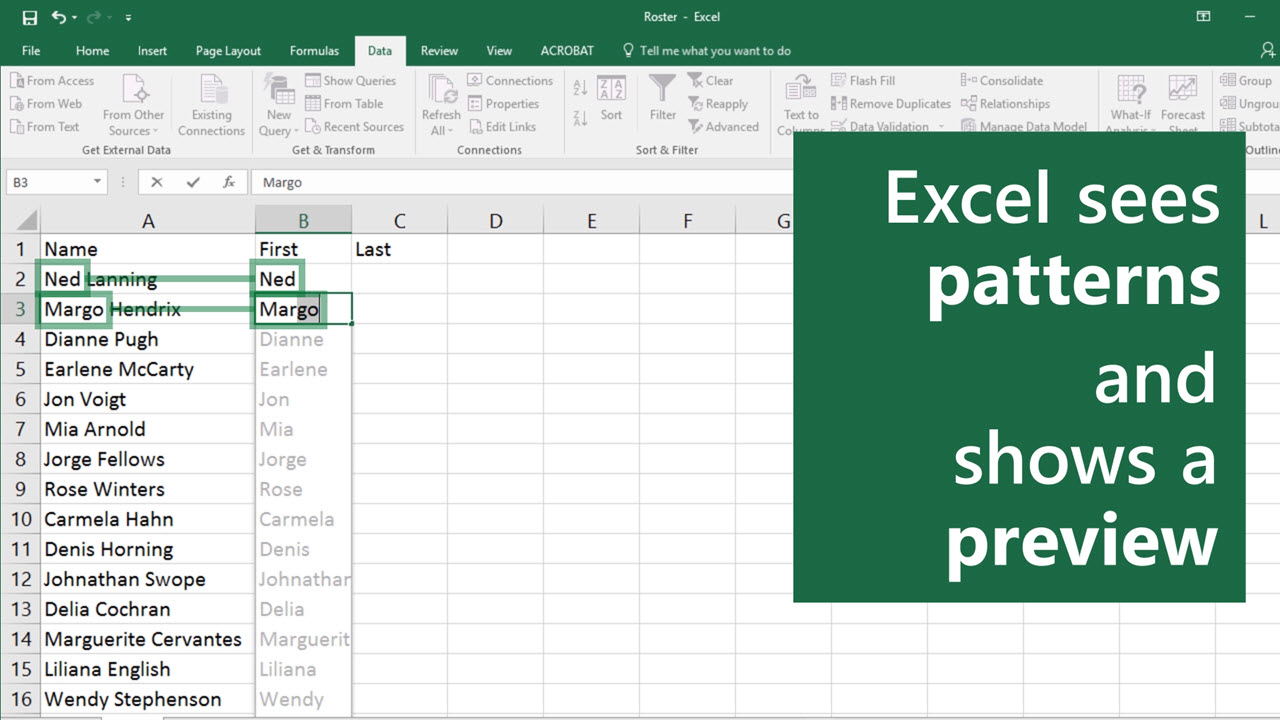



Using Flash Fill In Excel Office Support




Paste List Of Defined Names
In Excel, you can sum a number of cells using a variable range with the INDIRECT function The INDIRECT function automatically updates the range of cells you've referenced without manually editing the formula itself You can use the INDIRECT function with any number of Excel functions, but the most common (and useful) is when you use the SUM Named ranges are a useful, but often underutilized, feature of Microsoft Excel Named ranges can make formulas easier to understand (and debug), simplify the creation of complicated spreadsheets, and simplify your macros A named range is just a range (either a single cell, or a range of cells) to which you assign a name You can then use that name in place of I am trying to define a named range using an IF statement I have a table (Staff) (example below) and I want to create a named range of all the names where the type = Manager Name Type John Worker Simon Manager Tim Manager Paul Worker I've tried =IF(StaffType="Manager',StaffType,1) But it doesn't work I need this to create
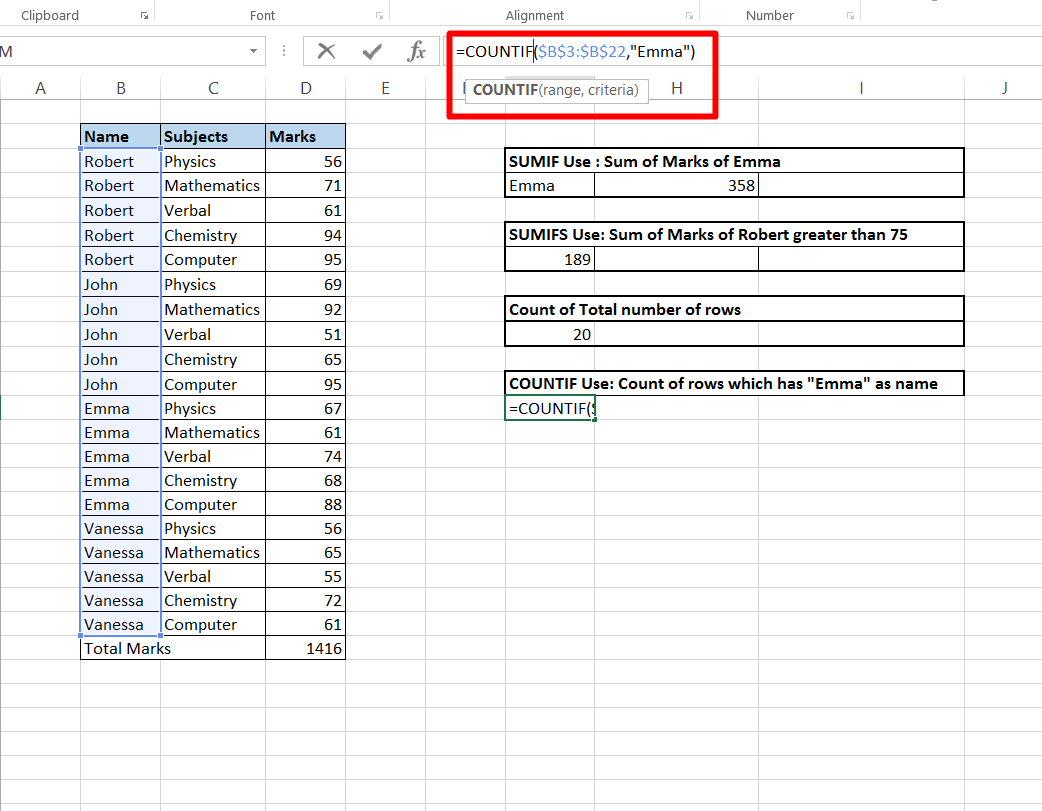



How To Use Excel If Functions A To Z Absentdata
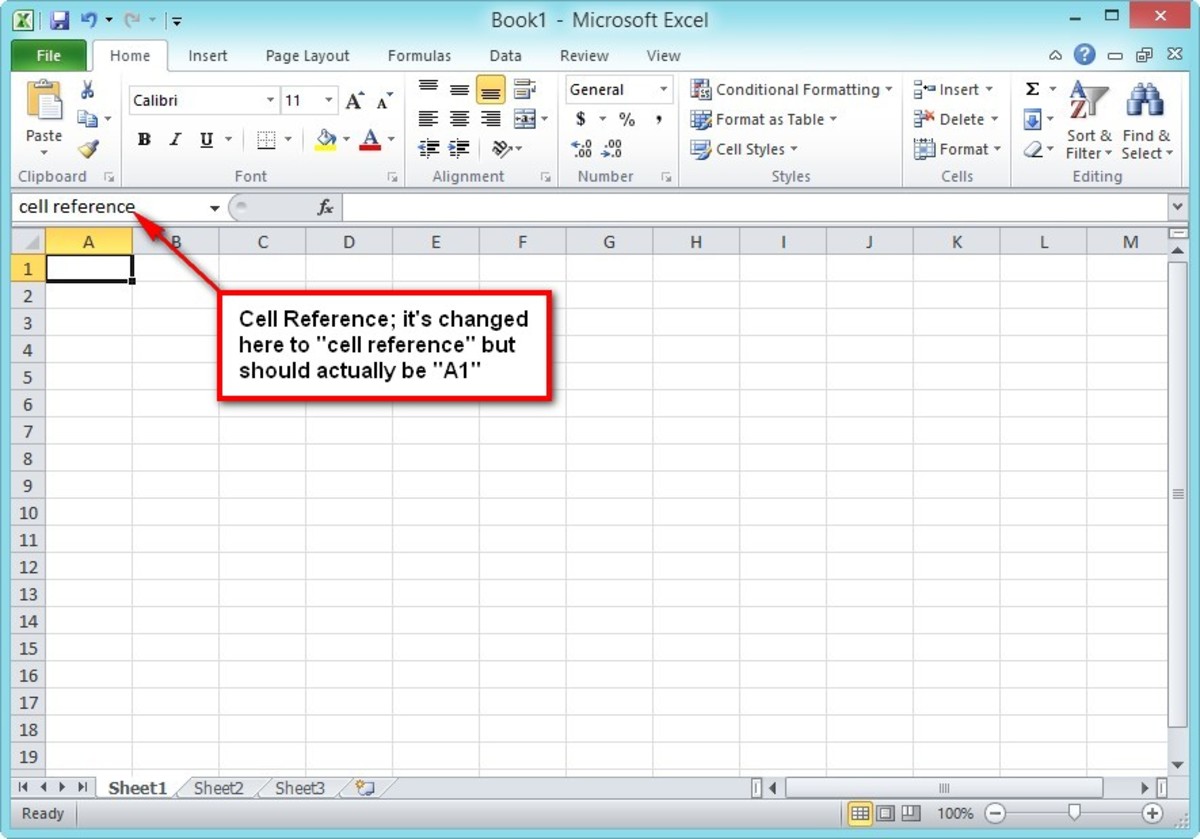



Basic Terms And Terminology For Microsoft Excel Turbofuture
Alternatively, define a range name using the New Name dialogue box Use this method if you want to specify a scope for the range name Select the required range to name Choose from the Defined Names group on the Formulas Ribbon Enter a name up to 255 characters long in the Name text box Select a Scope for the name Optionally, add a Comment Choose OK Apply Range Names If a range nameFrom the Formulas menu bar, locate the Named Cells panel, and click Name a Range > Name a Range (Excel 07) In Excel 10 to 16, click Define Name > Define Name from the Defined Names panel From the New Name dialogue box, click in to the Name textbox at the top and enter Monthly_Result (with the underscore character) A dynamic range name is one that automatically expands (or contracts) to exactly match the size of a block of data as entries are added or removed To do this, you use a formula, rather than a fixed range of cell addresses, to define the named range How to Setup a Dynamic Range in Excel




Naming Cells And Ranges Working With Formulas And Functions In Excel 13 Informit




Solved Create Table Excel Power Platform Community
Excel's dynamic range names give your formulas the power to adapt automatically in response to changes in your data or settings Here's how to set them upThis quickly shows you how to define a named range in Excel 10 using the name box and the Define Name option from the ribbon In Microsoft Excel, you may have a named range that must be extended to include new information This article describes a method to create a dynamic defined name Note The method in this article assumes that there are no more than 0 rows of data You can revise the defined names so that they use the appropriate number and reflect the maximum number of




1 1 Overview Of Microsoft Excel Beginning Excel First Edition



Q Tbn And9gcsksgsa50xppwwmkolubyjzrwkzlmxrrclr5zomqrzavxgemksl Usqp Cau
To get the full address of a named range with an Excel formula, you can use the ADDRESS function together with the ROW and COLUMN functions In the example shown, the formula in G5 is = ADDRESS (ROW (data), COLUMN (data), 4) & "" & ADDRESS (ROW (data) ROWS (data)1, COLUMN (data) COLUMNS (data)1, 4) where "data" is the named range B5D10 ExplanationDefine name manually To define a name to a range you can use shortcut CTRL F3 Or you can follow these steps Go to Formula Tab;Answer A named range is a descriptive name for a collection of cells or range in a worksheet To add a named range, select the range of cells that you wish to name In this example, we've selected all cells in column A




1 1 Overview Of Microsoft Excel Beginning Excel First Edition
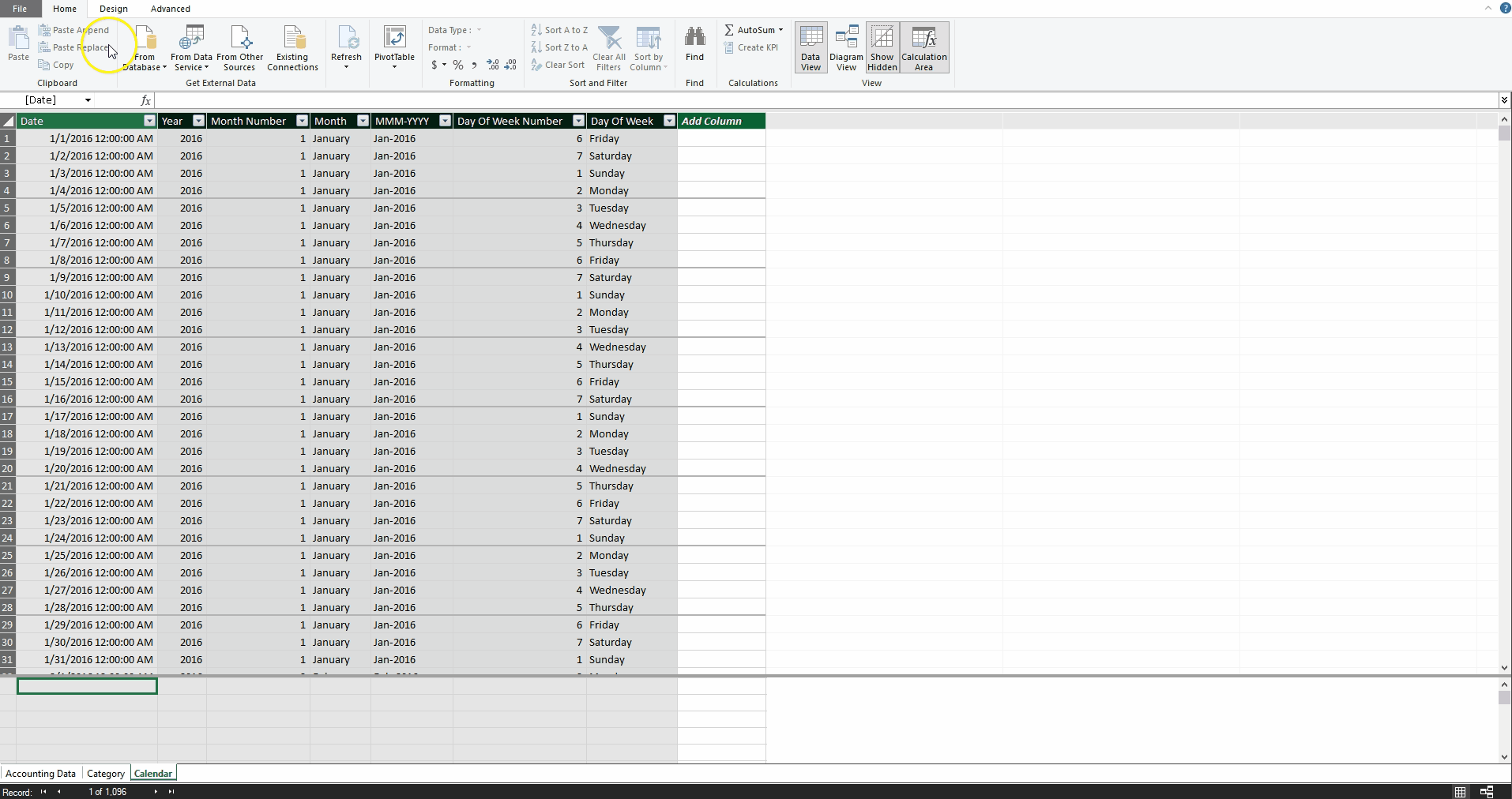



Power Pivot For Excel Tutorial And Top Use Cases Toptal
In the Defined Names section, click "Use In Formula" and select "Paste Names" from the dropdown menu You can also press "F3" NOTE If there are no named cell ranges in your workbook, the "Use In Formula" button is not available On the Paste Name dialog box, all the named cell ranges display in the Paste name listGo to I nsert>Name>Define and under Names in Workbook type in This, then jump to the Refers to box and type in the relative range =22 We need to add one more relative named range Prior =11 Click Add, then Close Because we had the cell pointer firstly in row 2, This will always refer to the current row Prior will always refer to the row When you create a named range in Excel, it doesn't automatically include new items If you plan to add new items to a list, you can use a dynamic formula to define an Excel named range Then, as new items are added to the list, the named range will automatically expand to include them The written instructions are below the video
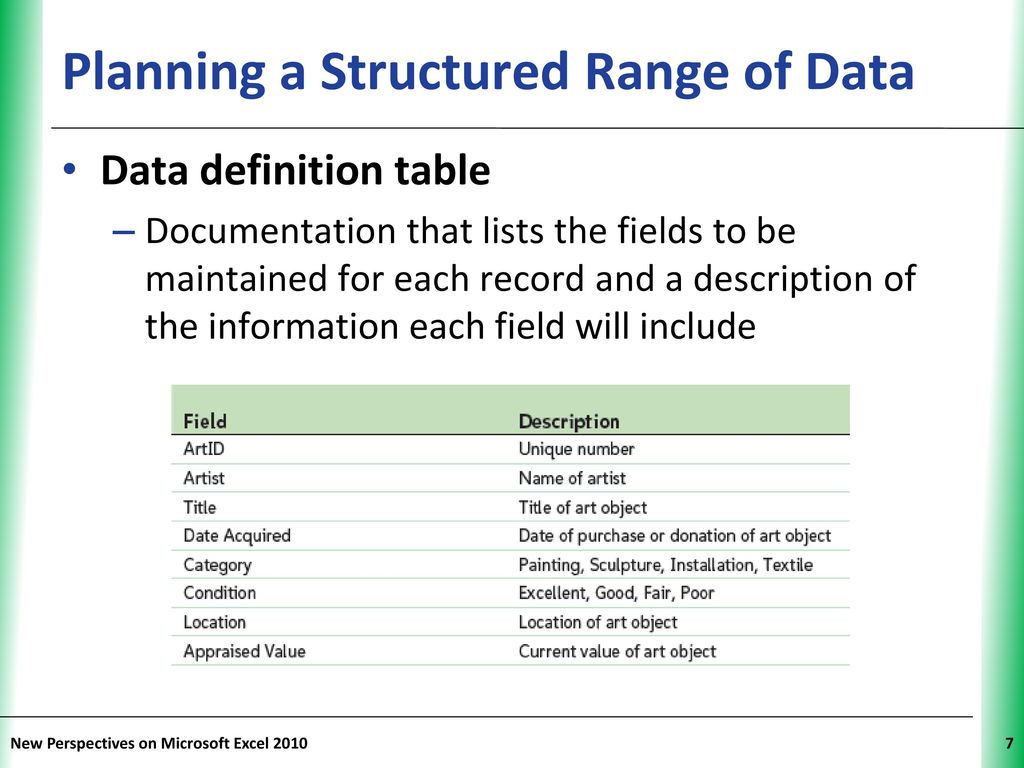



Tutorial 5 Working With Excel Tables Pivottables And Pivotcharts Ppt Download
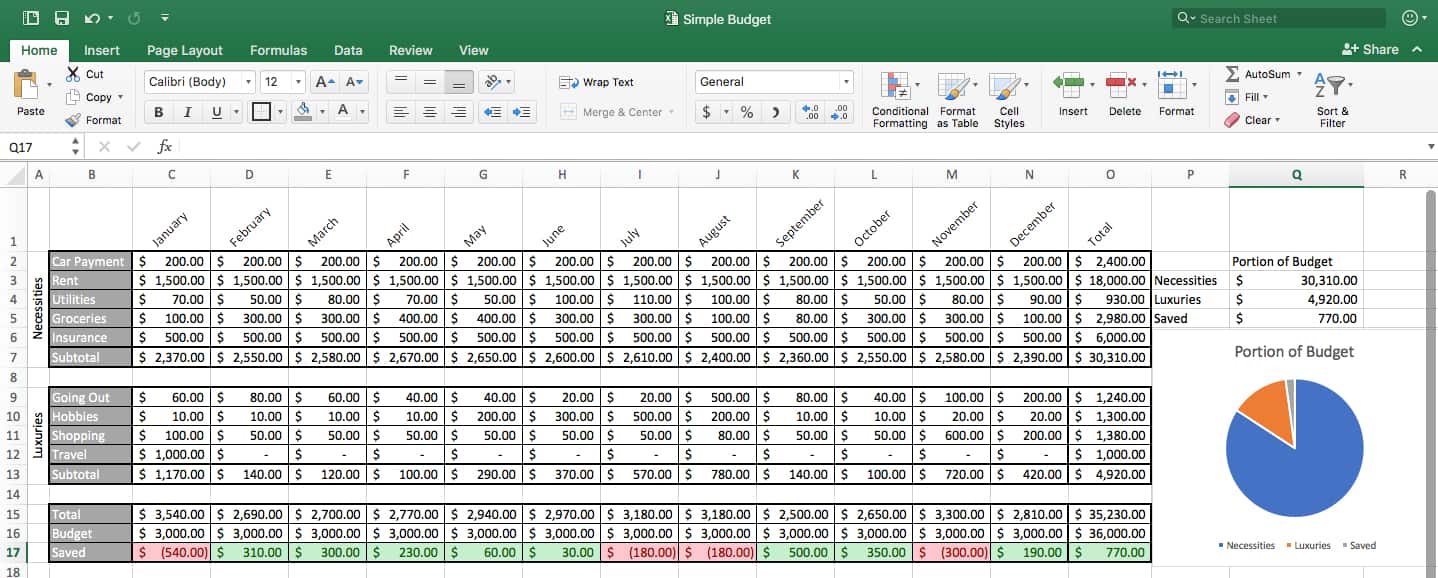



How To Make A Spreadsheet In Excel Word And Google Sheets Smartsheet
In Excel, you can create names that refer to cells, or to a constant value, or a formula After you create Excel names, you can use them in formulas, or quickly go to a named range There are rules for Excel Names, and here's what Microsoft says is allowed It seems clear, but a few of the rules aren't as ironclad as they look Create a Named Range by using the Define Name option First, focus on the cells by selecting the range of cells Now, navigate to the Formulas tab Next, go to the Defined Name group Click to select Define Name Now once the New Name dialog box opens, mention three things Name, Scope, CommentLocate the Defined Names section, and click Define Names This will open the Name Manger Click on New Type the Name Select the Scope (workbook or sheet) Write a comment if you want In Refers to box write the




Excel 16 And 19 Cheat Sheet Computerworld
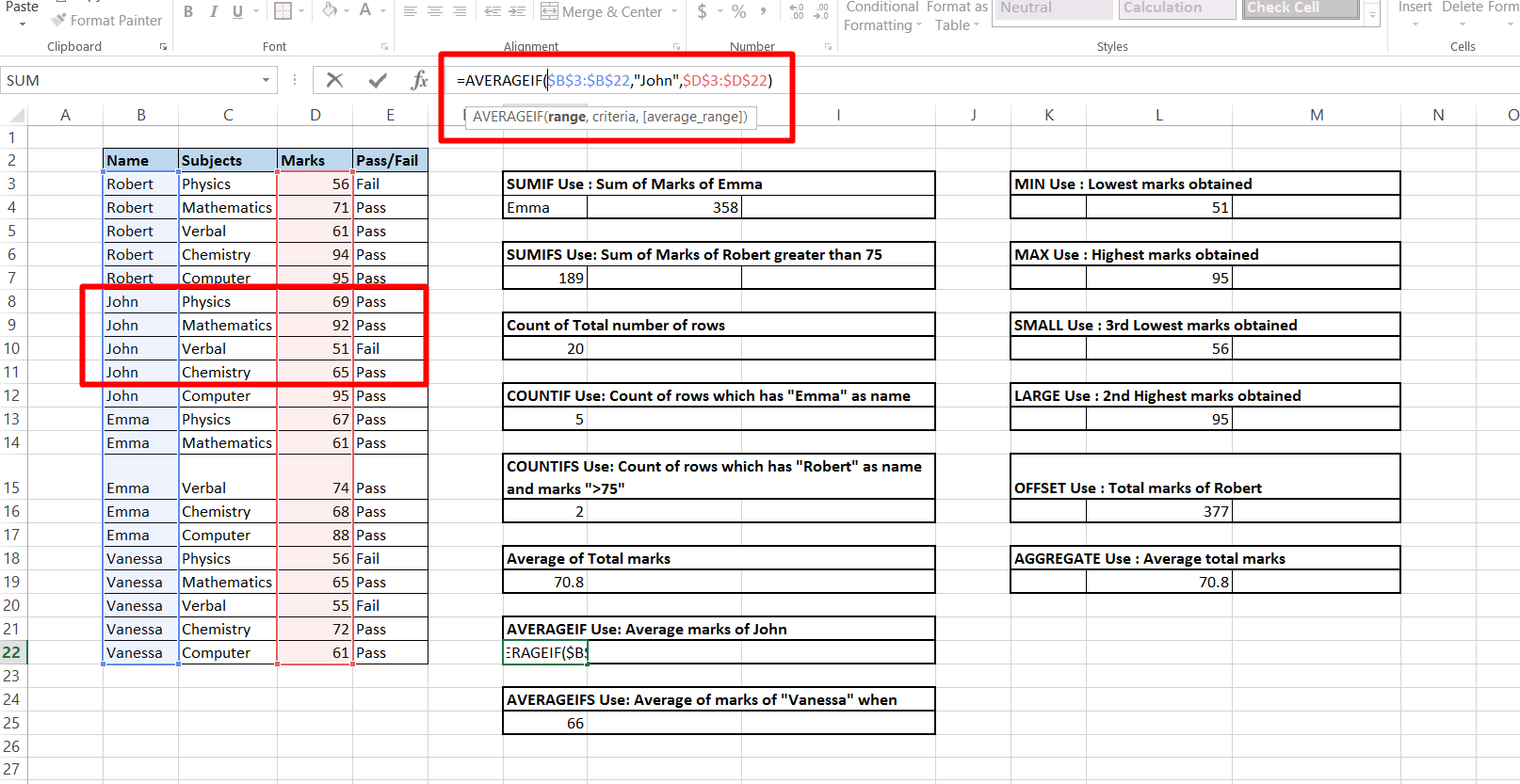



How To Use Excel If Functions A To Z Absentdata
In this article we will discuss on reading values stored in a Name range in Excel Sheet using Excel VBA Name ranging in excel sheet means giving a name to a Range to refer it by the name given Name can be given to a single cell or a range cells So let's see how can we access a name range in VBA Syntax You can refer a name range in VBAShare on linkedin Share on facebook Share on twitter 4 Responses Jatin Sheth says at 1253 pm I've been using range names for a while, but the automatic name generation feature was news to me – superbly useful!A named range is one or more cells that have been given a name in spreadseet Using named ranges can make things easier How to Create Named Range to Spreadsheet in C# language This C# tutorial shows how to apply named range in Excel xlsx file Before working on Named Range First, we need create two worksheet in Excel, and fill some data to



Www Dit Ie Media Ittraining Msoffice Moac Excel 16 Core Pdf



1
(as we can do this manually from Excel, I guess there is a way to this in code) Setting a name using the 'RangeName' property creates a workbookscoped named rangeI tried prefixing the range name with '!' as suggested here, but it doesn't workThe name doesn't get set at all thatLocate the Defined Names section and click Define Names It will open Name Manger Click on New Type the Name Select the Scope (workbook or sheet) Write a Named Ranges are one of Excel's most useful features, and one that every Excel User should familiarise themselves with The default behaviour is for a named range to be relevant to the entire workbook This is referred to as it's 'Scope' Therefore, if you create a Named Range of 'REGION' in Sheet1, you can reference this value in Sheet2 This is the standard behaviour, and is
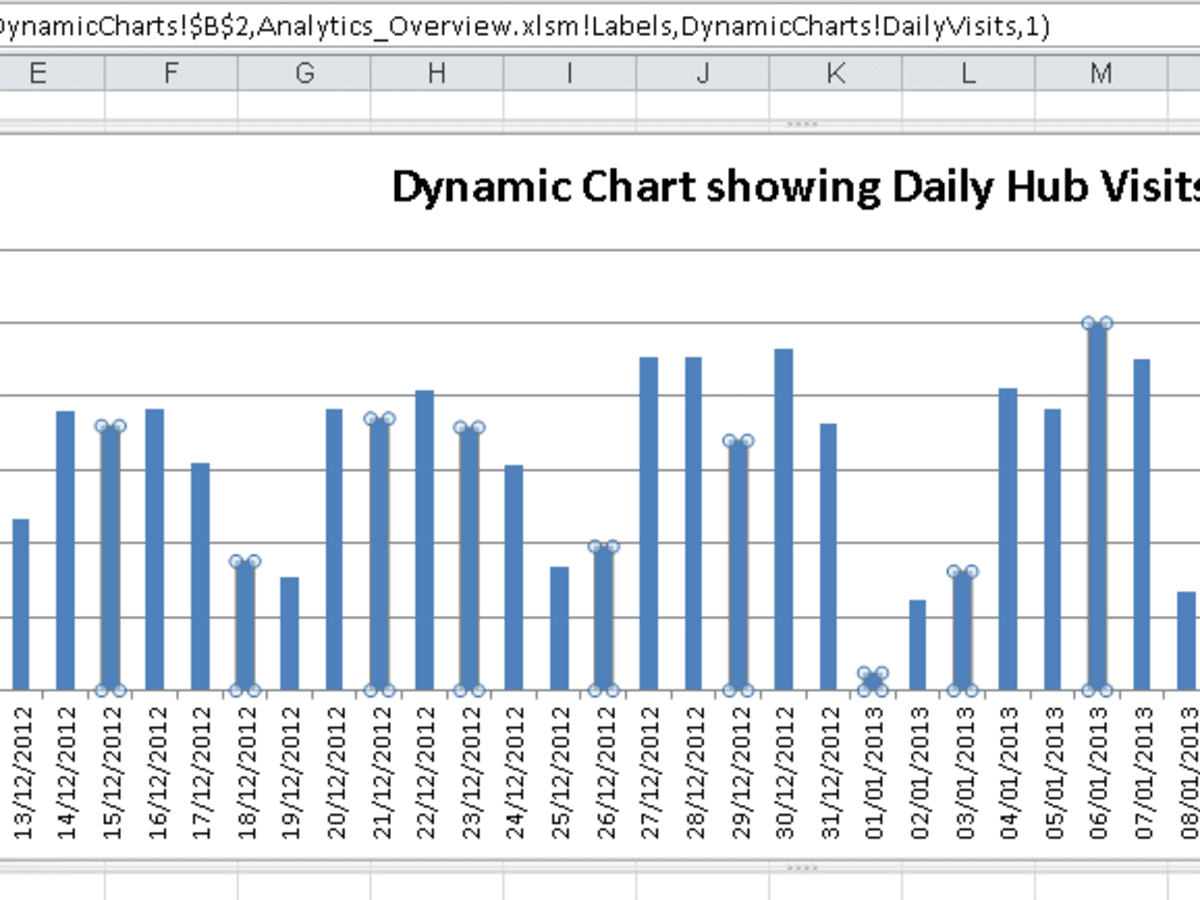



Creating Dynamic Charts Using The Offset Function And Named Ranges In Excel 07 And 10 Turbofuture




Manage Excel Named Ranges In Excel For Mac Using The Define Name Menu Youtube
How to name a range in Excel?(1) Type a name for this named range in the Name box;How and Why to Define Excel Range Names with a Worksheet Scope Most range names in Excel apply to the entire workbook But you also can define them to apply only to one worksheet Here's why and how to do that By Charley Kyd 2730 Facebook Twitter Linkedin In Excel, a name can be global to a workbook or local to a worksheet The
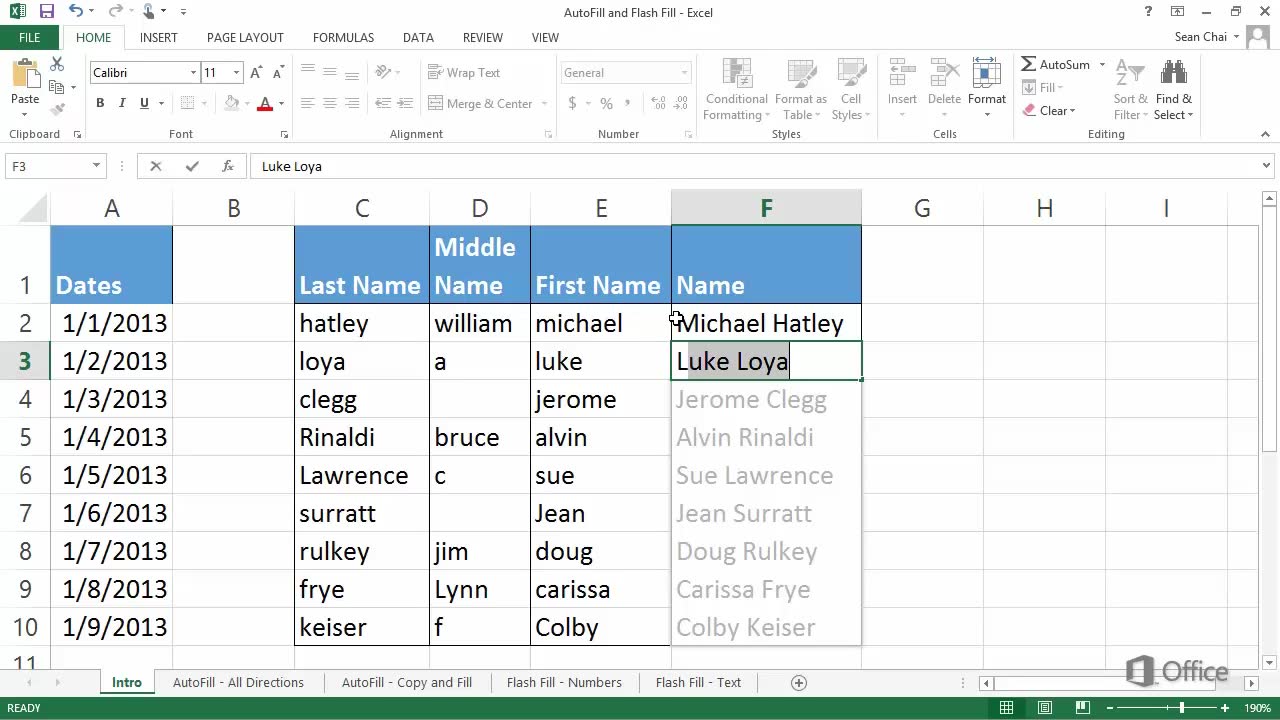



Video Use Autofill And Flash Fill Excel
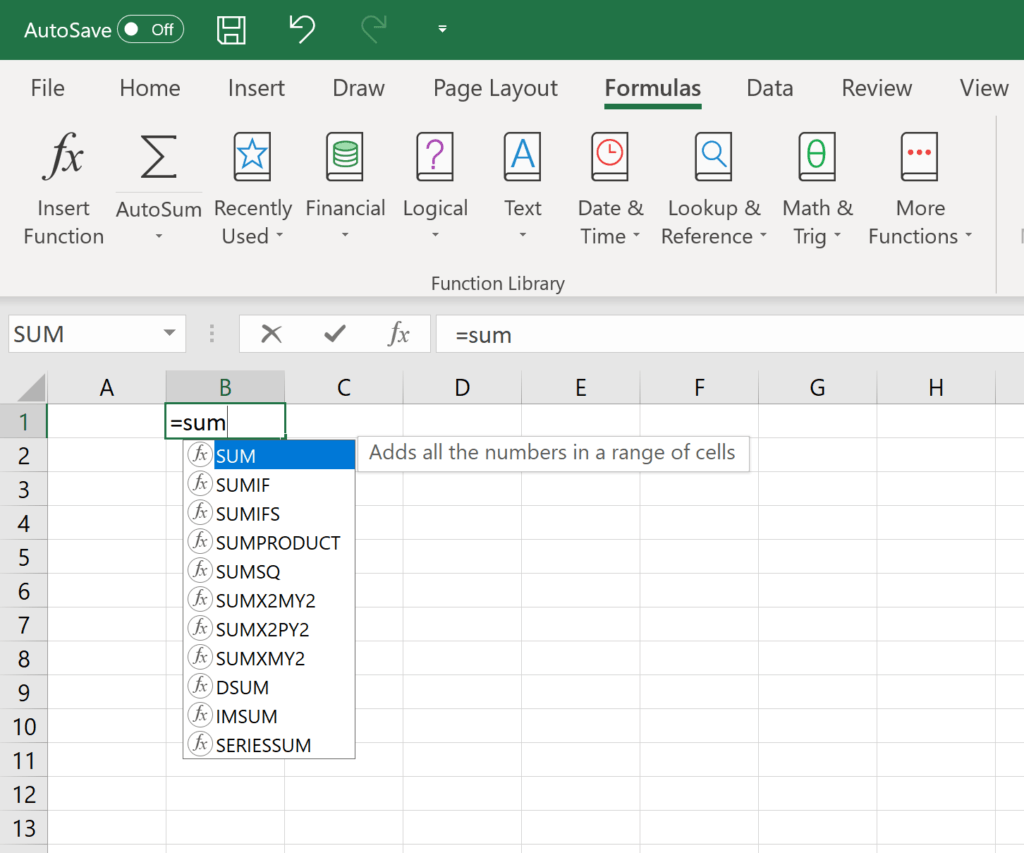



Basic Excel Formulas List Of Important Formulas For Beginners
Final version to resize Named Range (with or without headers) Change FailReportTable to your NamedRange's name ; Create Range Names 1 Select a range of cells in your spreadsheet (for example, in our sample, select B4B13) 2 From the Formulas tab, click Define Name 3 Notice that ExcelName range in excel are the ranges which have been given a name for the future reference, to make a range as named range first select the range of data and then insert a table to the range, then we put a name to the range from the name box in the lefthand side of the window, after this we can refer to the range by its name in any formula




Creating Dynamic Charts Using The Offset Function And Named Ranges In Excel 07 And 10 Turbofuture




Naming Cells And Ranges Working With Formulas And Functions In Excel 13 Informit
How can we create a 'named range' that has its scope set to a worksheet?On the Formulas tab, in the Defined Names group, click Define Name 7 Enter a name, type a value, and click OK 8 Now you can use this named constant in your formulas If the tax rate changes, use the Name Manager to edit the value and Excel automatically updates all the formulas that use TaxRate 9 On the Formulas tab, in the Defined Names group, click Name Manager 10Define names from a selected range Select the range you want to name, including the row or column labels Select Formulas > Create from Selection In the Create Names from Selection dialog box, designate the location that contains the labels by selecting the Top row,Left column, Bottom row, or Right column check box




How To Create Drop Down List But Show Different Values In Excel




5 Easy Ways To Extract Unique Distinct Values
How To Define Range Names There is a number of ways you can name a range of cells The first one is by using the Name box to the immediate left of the formula bar (see fig 1) When the current selected range is already named, the name box will show its name




Microsoft Excel Wikipedia




Entering The Working Time Automatically Marked With Color In The Timeline Page 2 Microsoft Tech Community




How To Write User Defined Functions Udfs In Excel With Vba Excel Campus



2




How To Use Named Ranges To Quickly Navigate An Excel Workbook Techrepublic




How To Create Two Advanced Dynamic Lists In Excel Techrepublic




Define And Use Names In Formulas Excel Youtube



2




How To Create An Excel Chart With A Dynamic Range That You Select Think Outside The Slide
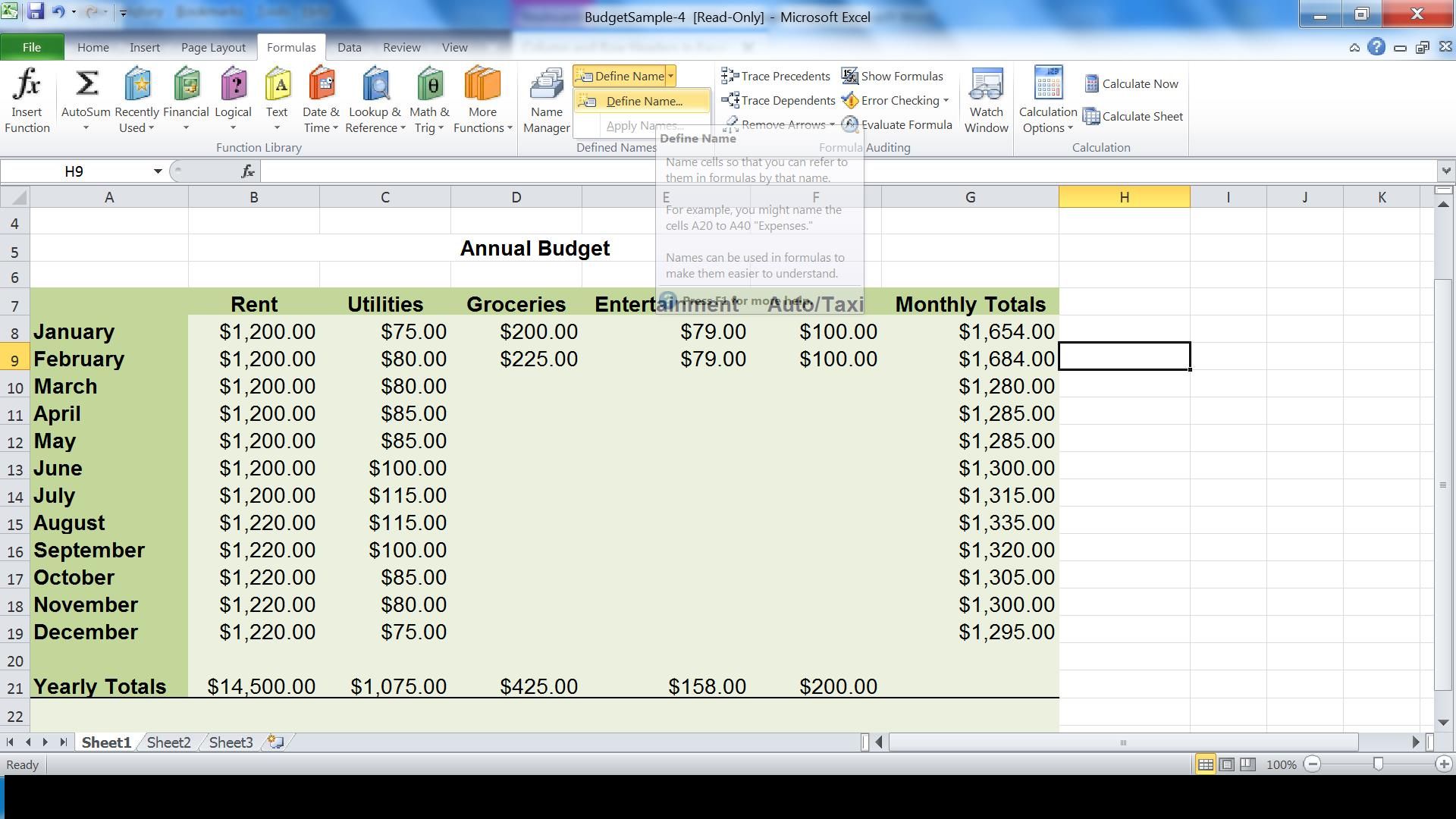



Excel Accessibility Screenreader Speaking Of Row And Column Headers In Excel Paths To Technology Perkins Elearning
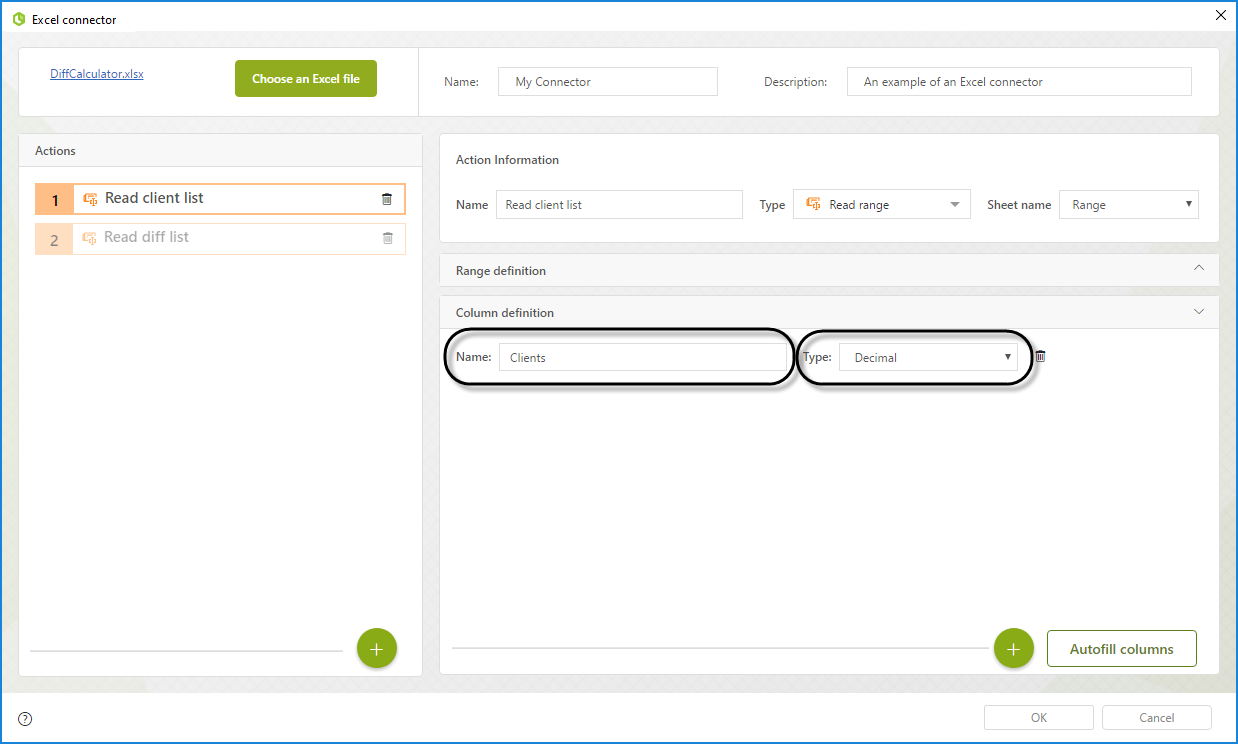



Bizagi Studio Integrating External Applications From Bizagi Excel Connector Read Range Action
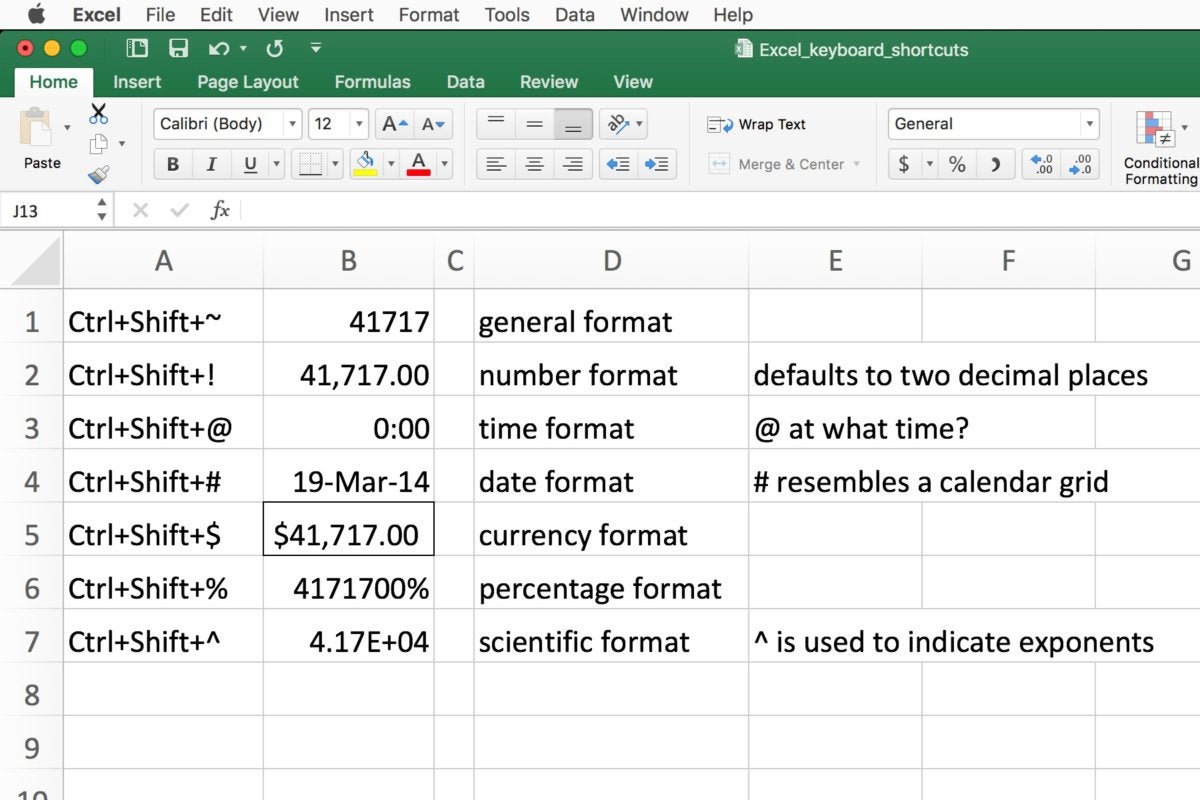



10 Incredibly Useful Excel Keyboard Tips Computerworld




Creating Dynamic Charts Using The Offset Function And Named Ranges In Excel 07 And 10 Turbofuture




How To Name And Use Cell Ranges In Excel 10 Youtube




Announcing Let In Excel




2 2 Statistical Functions Beginning Excel First Edition




Quiz Worksheet Named Ranges In Excel Study Com
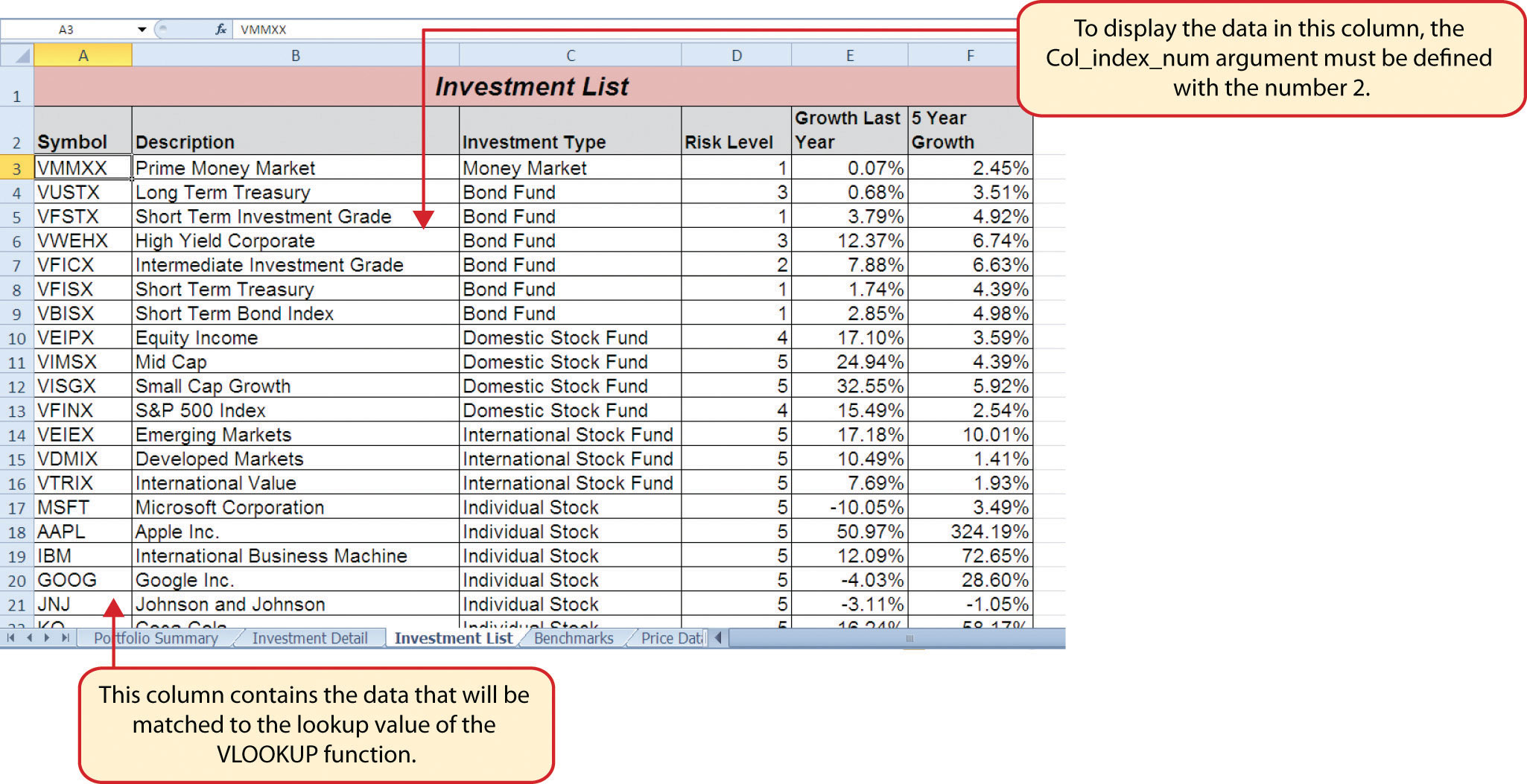



Lookup Functions




Excel Tutorial How To Remove An Excel Table
:max_bytes(150000):strip_icc()/NameBox-5be366ed46e0fb00519ef15a.jpg)



How To Define And Edit A Named Range In Excel




Twenty Five Ways To Use Excel S Name Box Accountingweb
/varianceinExcel2-54b70f5be0f440ddbf7f9b17b0314469.png)



Variance In Excel How To Calculate




How To Use Named Ranges To Quickly Navigate An Excel Workbook Techrepublic




Using Absolute Cell References Working With Formulas And Functions In Excel 13 Informit




Unit 2 Formula And Functions Information Systems




Creating Dynamic Charts Using The Offset Function And Named Ranges In Excel 07 And 10 Turbofuture



How To Define And Edit A Named Range In Excel



Excel Everywhere Performance Grading By More Than Vlookup By Curtis Chan Fishsunsun Curtis S Digital Life Medium
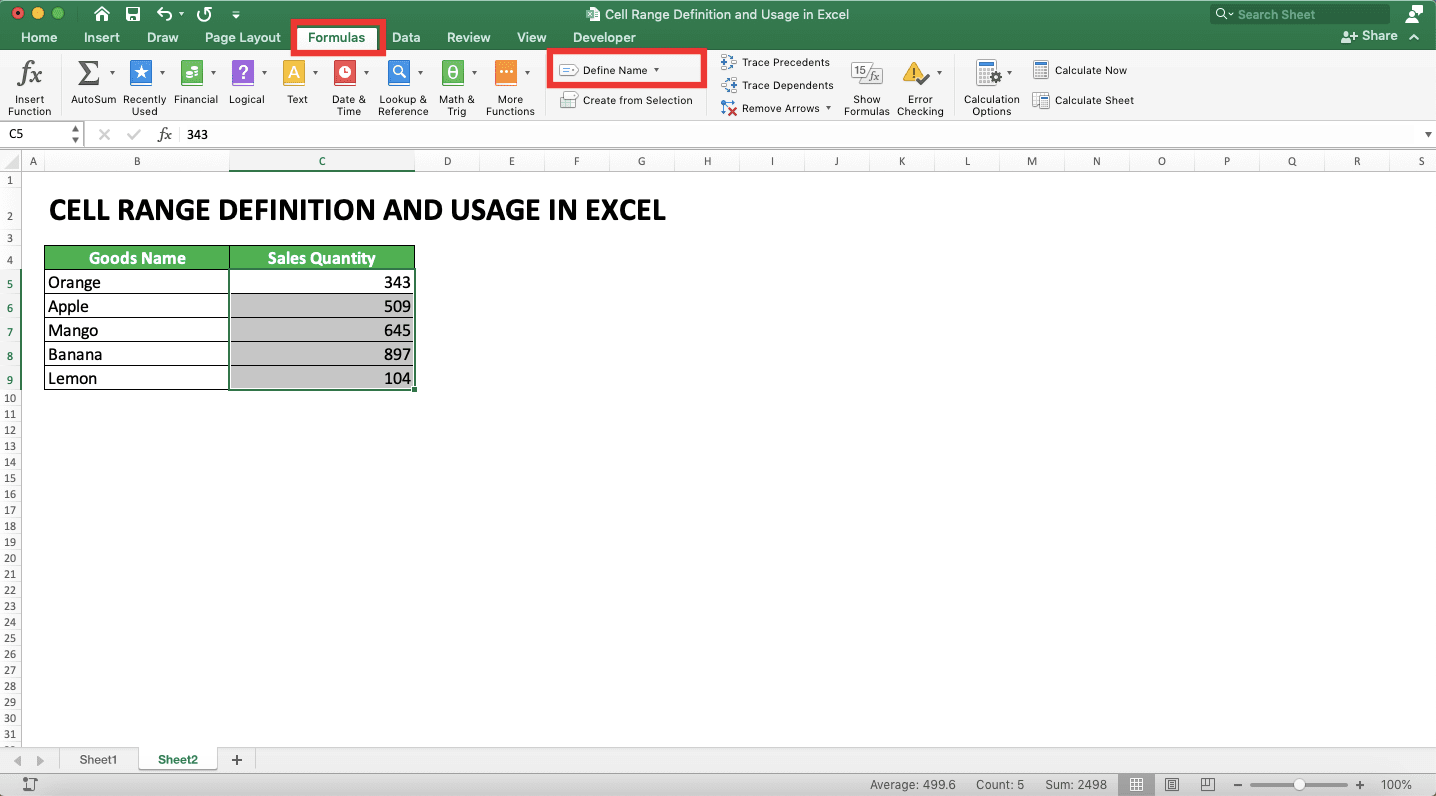



Cell Range Definition And Usage In Excel Compute Expert
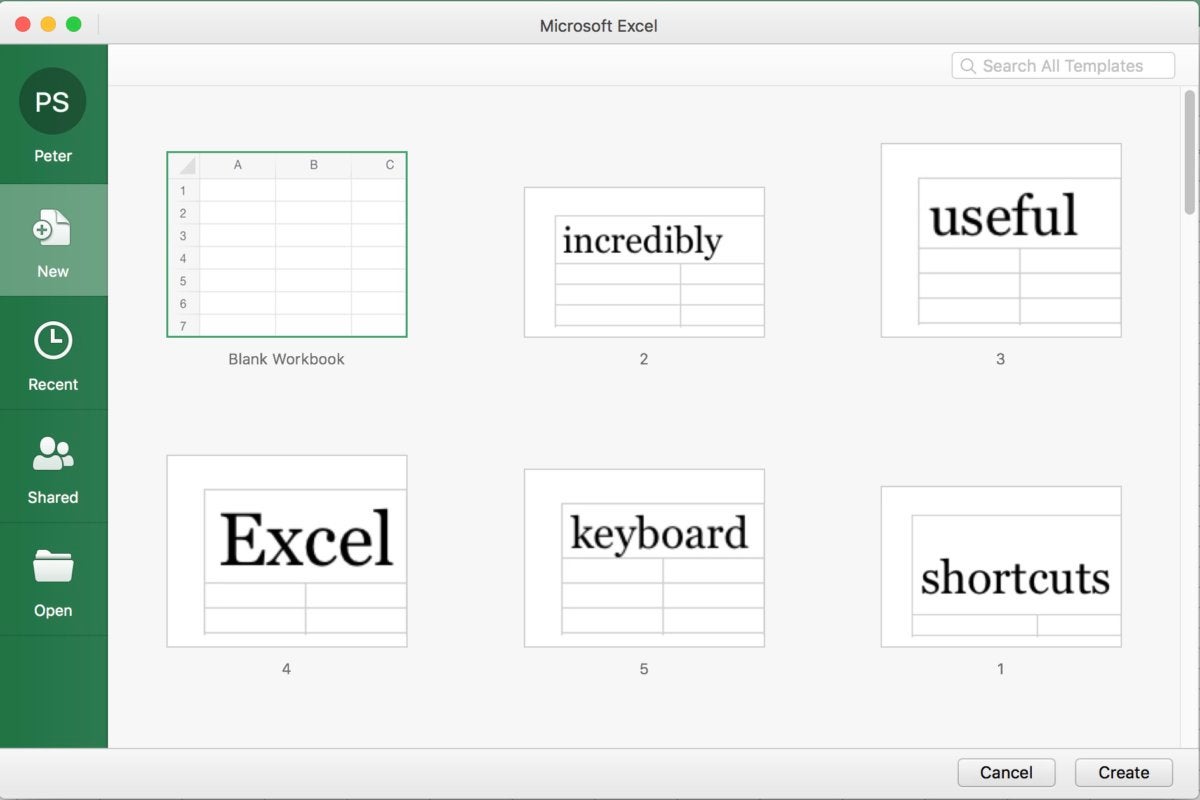



10 Incredibly Useful Excel Keyboard Tips Computerworld
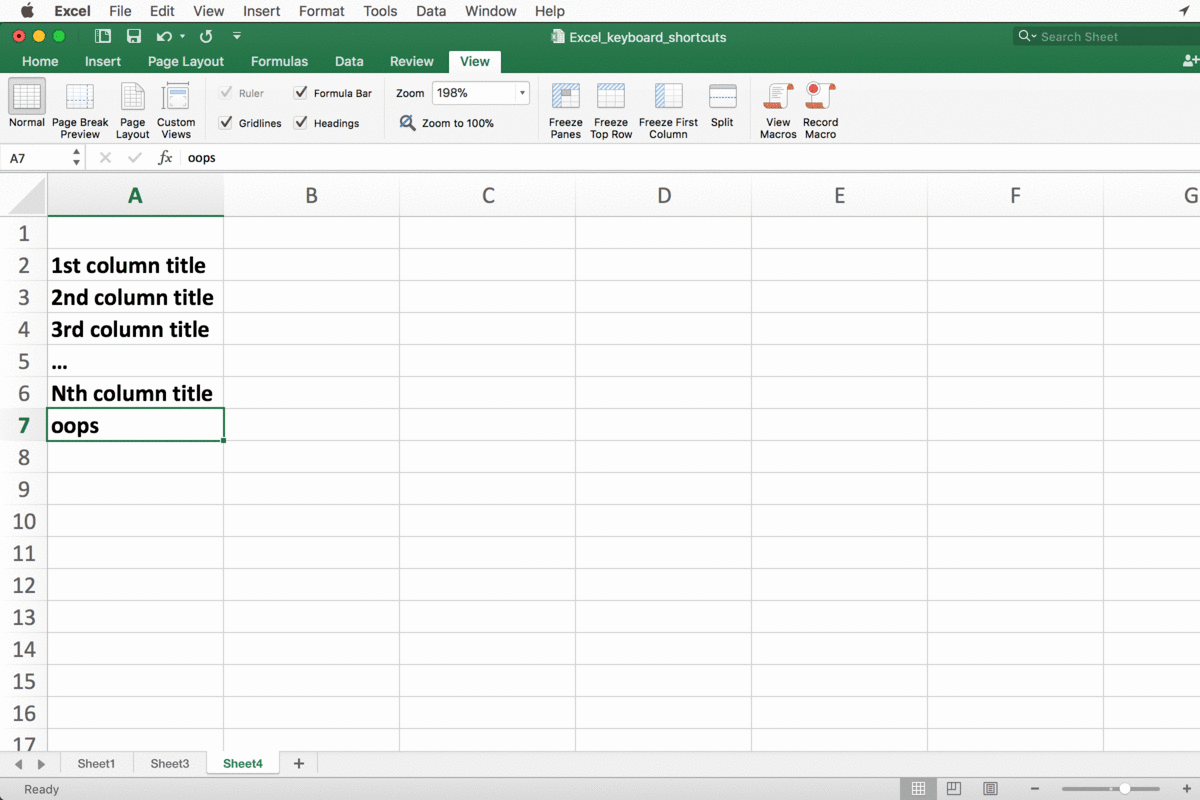



10 Incredibly Useful Excel Keyboard Tips Computerworld




How To Create Named Range In Excel Office 365 Youtube




Bizagi Studio Integrating External Applications From Bizagi Excel Connector Read Range Action




Naming Cells And Ranges Working With Formulas And Functions In Excel 13 Informit
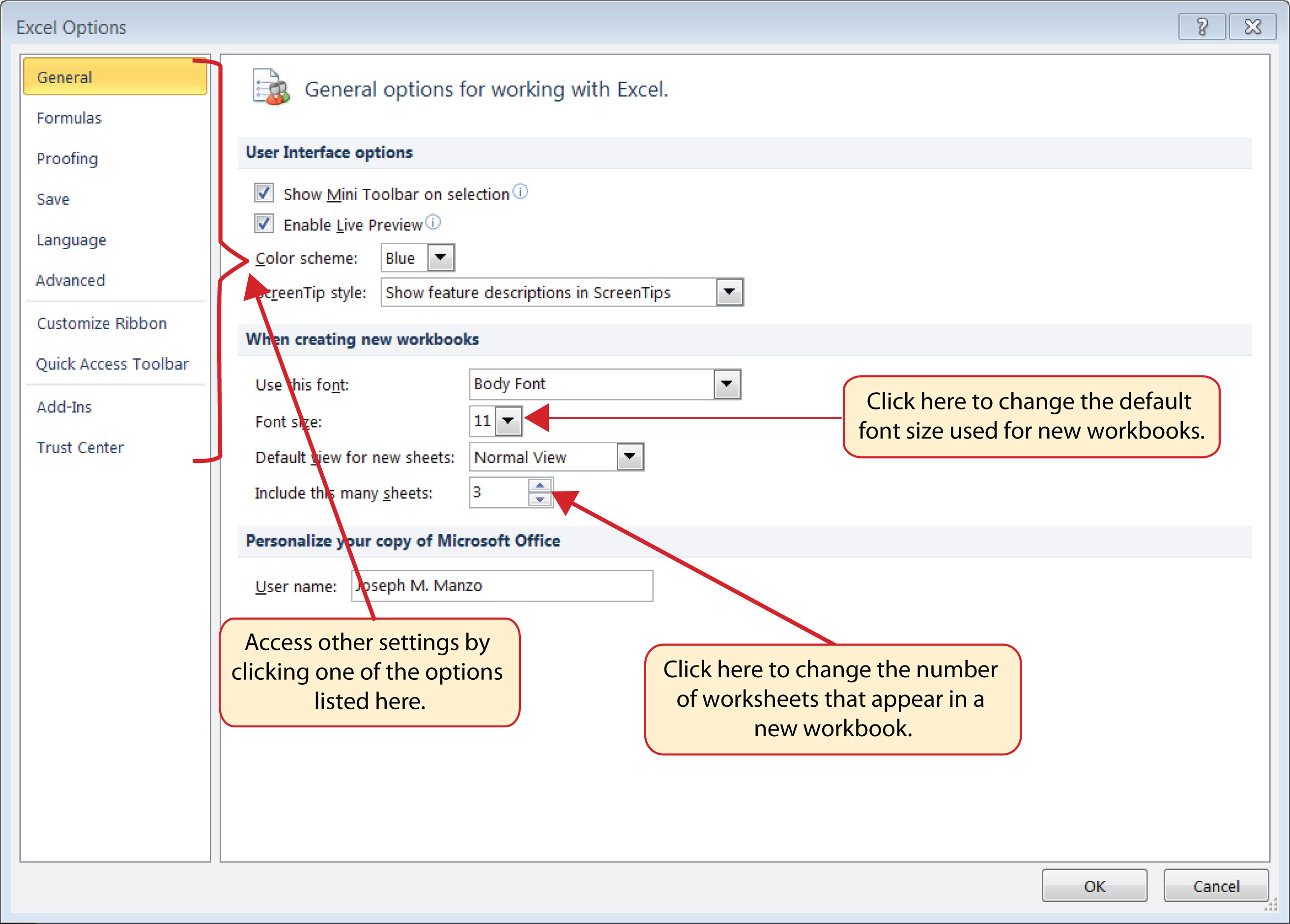



An Overview Of Microsoft Excel
:max_bytes(150000):strip_icc()/NamedRangeNameManager-5c192805c9e77c0001a4b91c.jpg)



How To Define And Edit A Named Range In Excel
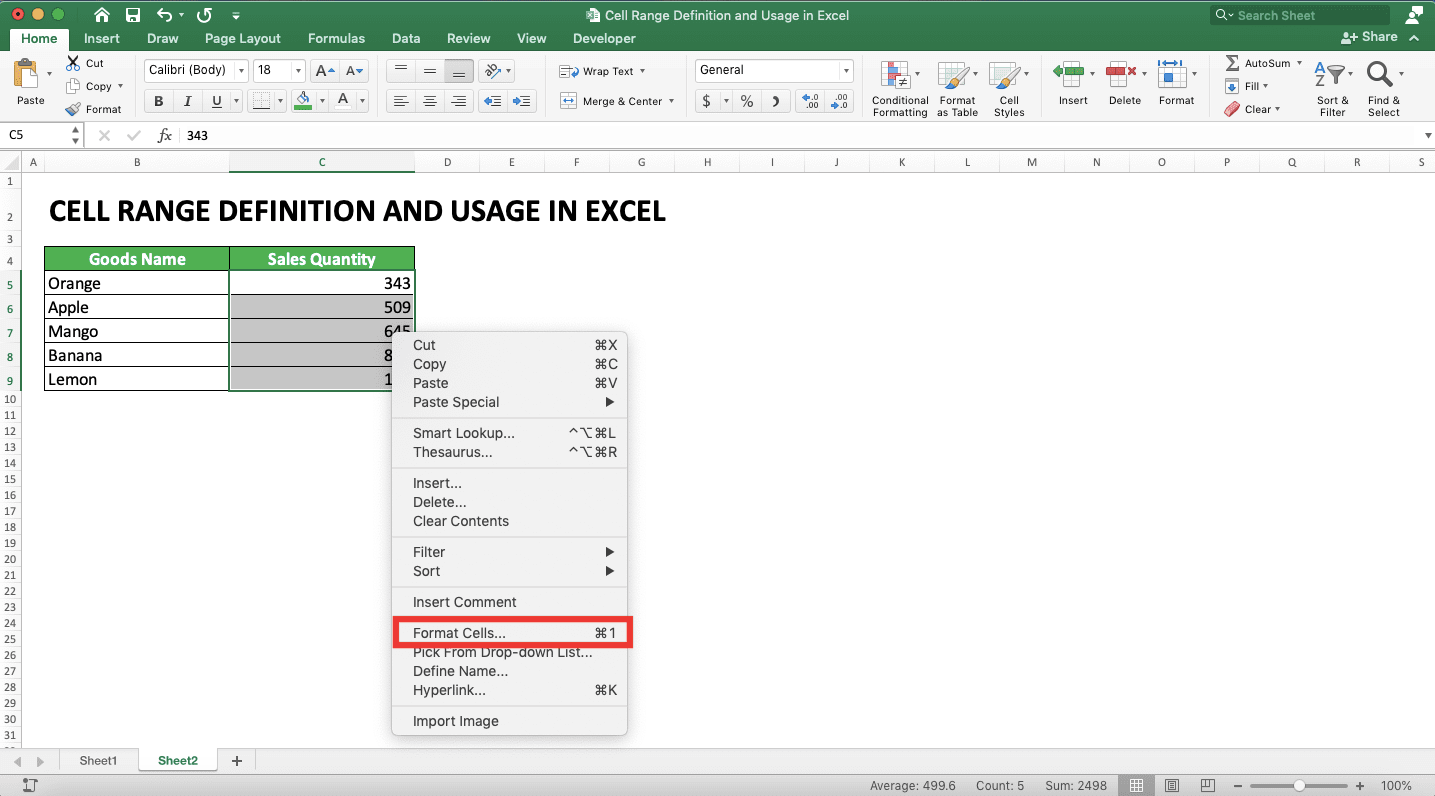



Cell Range Definition And Usage In Excel Compute Expert



How To Define And Edit A Named Range In Excel
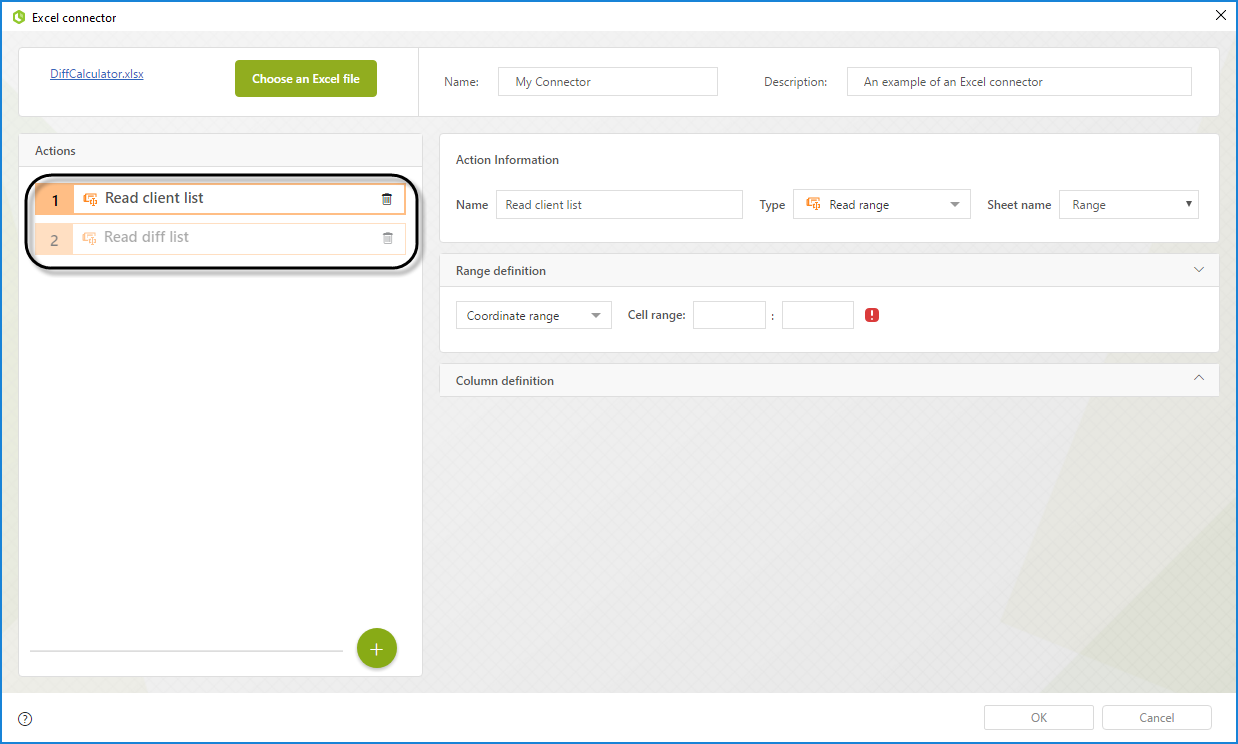



Bizagi Studio Integrating External Applications From Bizagi Excel Connector Read Range Action




The Vba Guide To Listobject Excel Tables Thespreadsheetguru



Ccsuniversity Ac In Bridge Library Pdf Dha Shikha Bhi 4 Unit4 Pdf




Dynamic Named Ranges In Excel
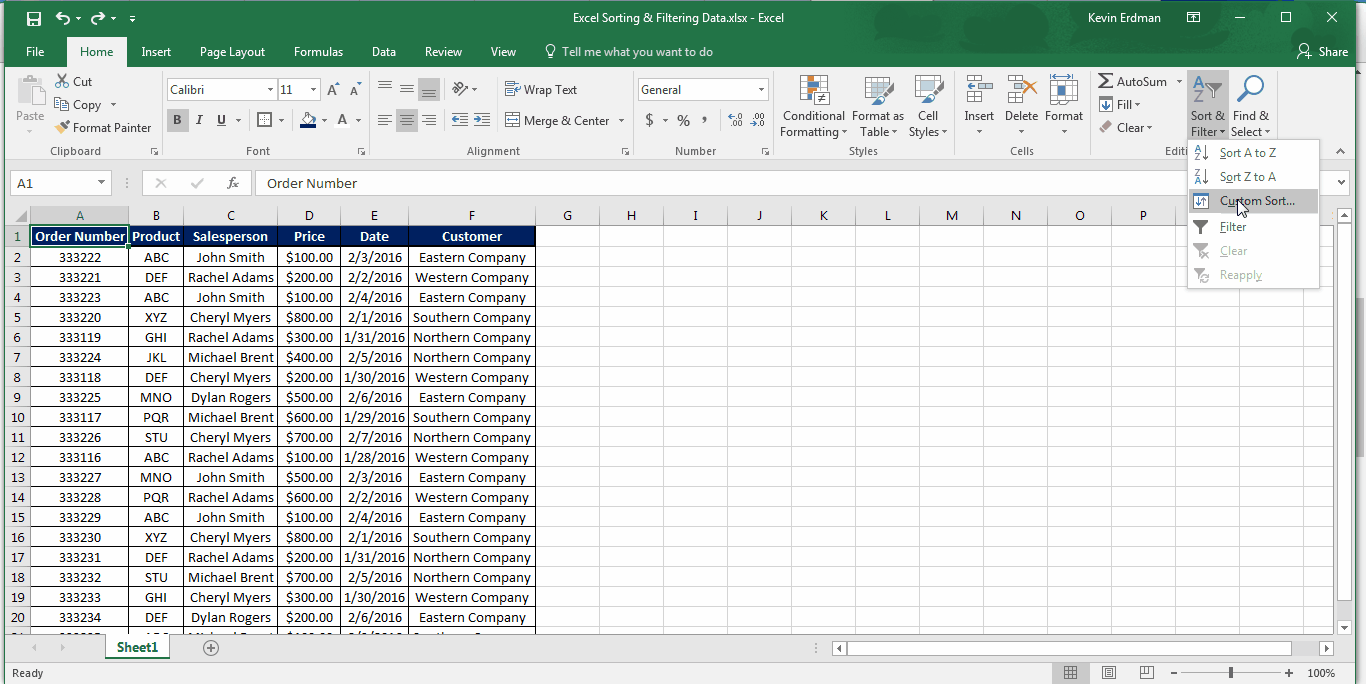



Sorting And Filtering Data With Excel




10 Time Saving Tips To Speed Your Work In Excel Techrepublic




New Excel Features Dynamic Array Formulas Spill Ranges Excel Campus
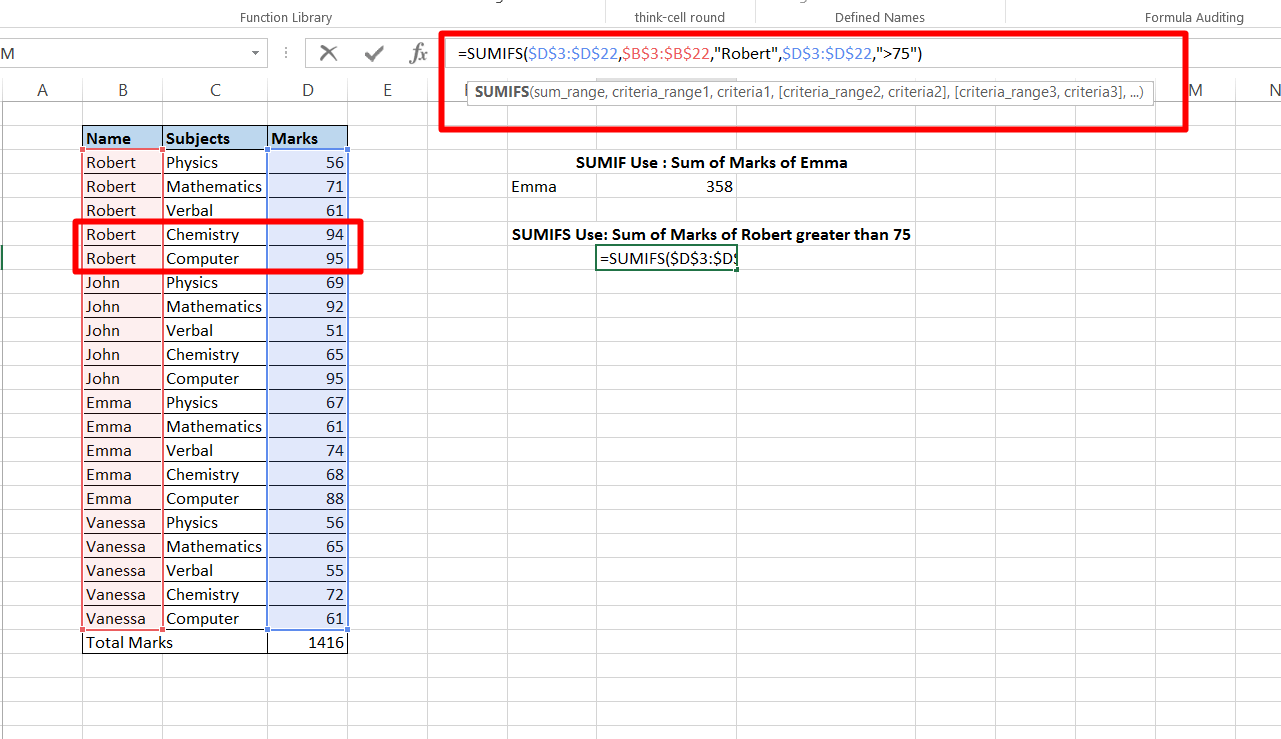



How To Use Excel If Functions A To Z Absentdata




Flexcel Reports Designer Guide Flexcel Studio For The Net Framework Documentation



1




Unit 2 Formula And Functions Information Systems
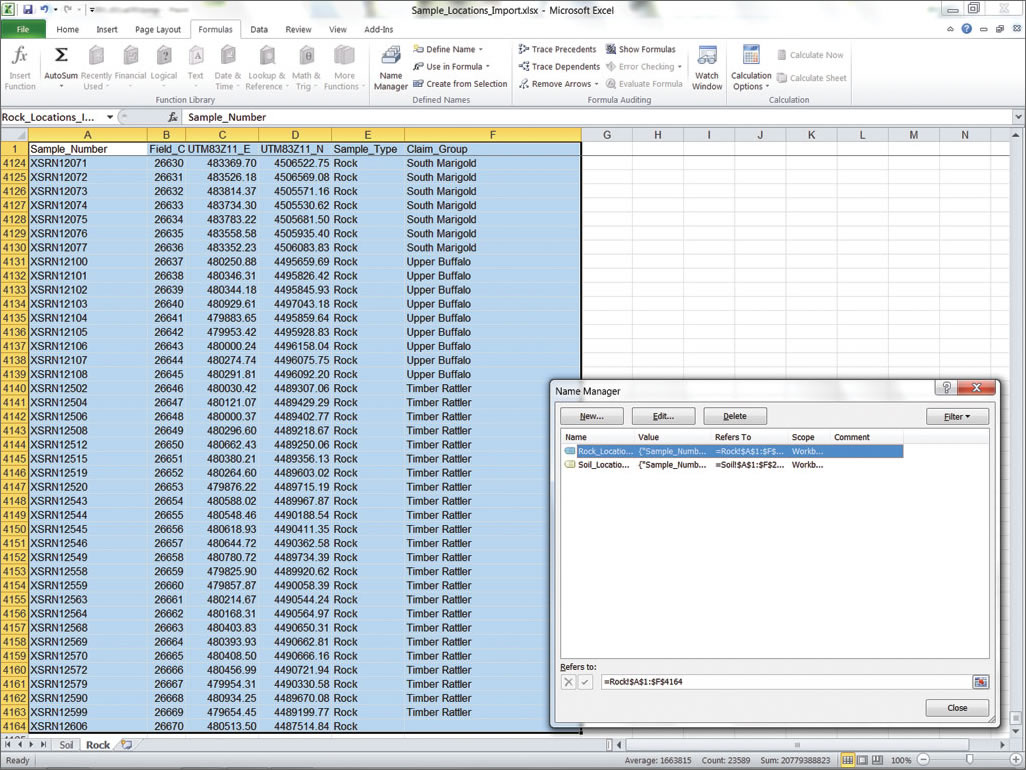



Importing Data From Excel Spreadsheets




Excel Vba Macro Sub Or Function Not Defined Super User




Structure Of An Excel Template Report Vertex Documentation
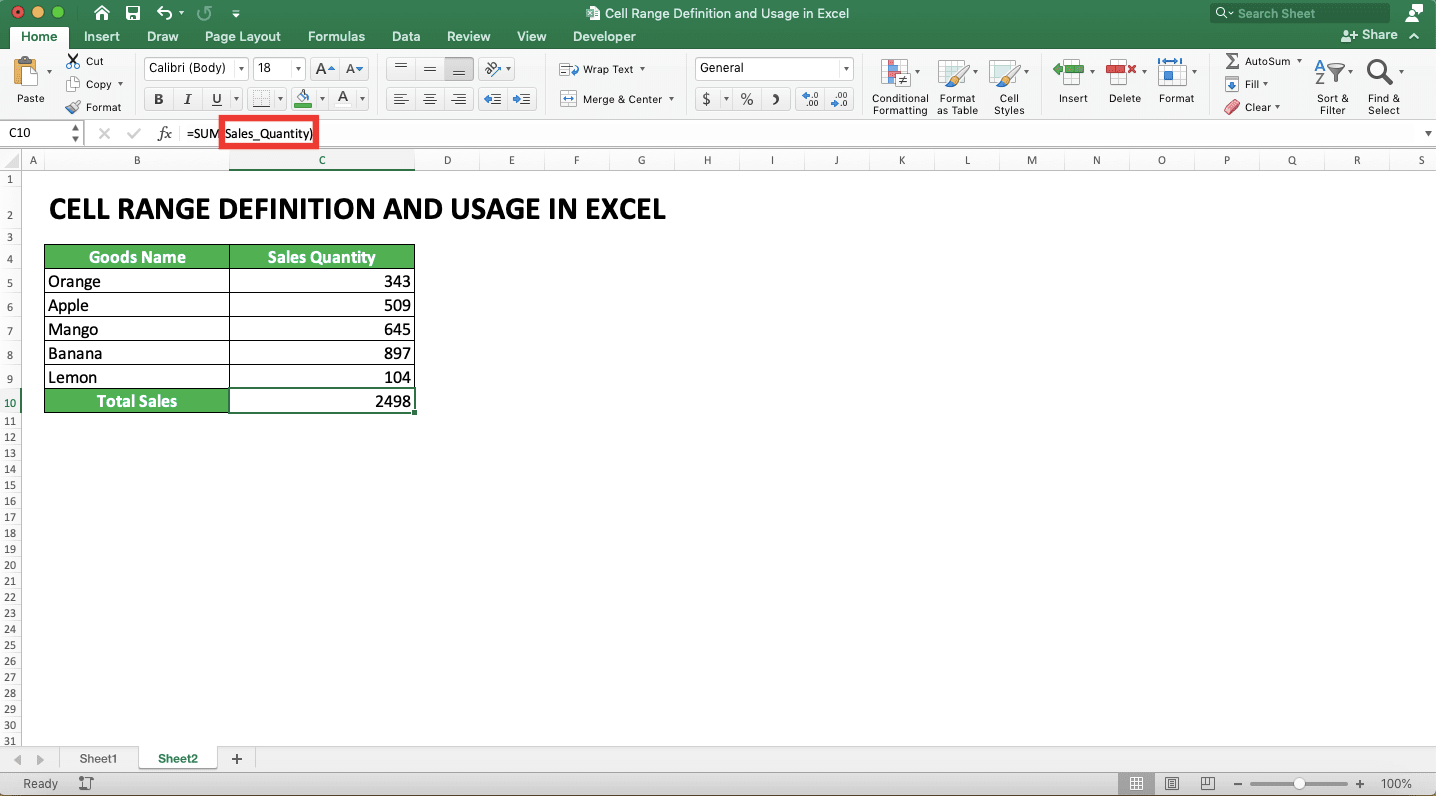



Cell Range Definition And Usage In Excel Compute Expert




How To Use Excel On A Computer Or A Computer With A Cell Phone Or Cell Phone Pdf Free Download




Unit 2 Formula And Functions Information Systems
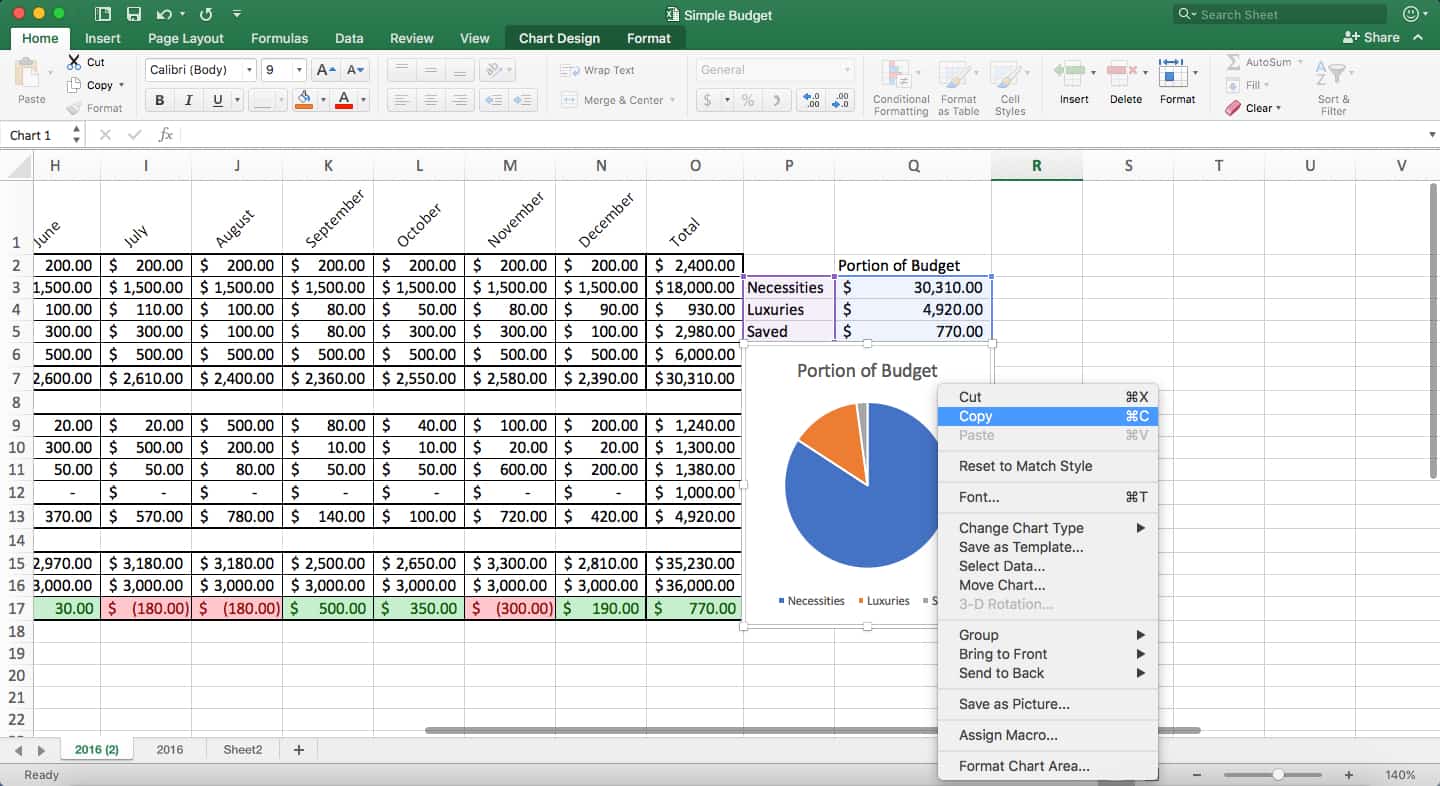



How To Make A Spreadsheet In Excel Word And Google Sheets Smartsheet
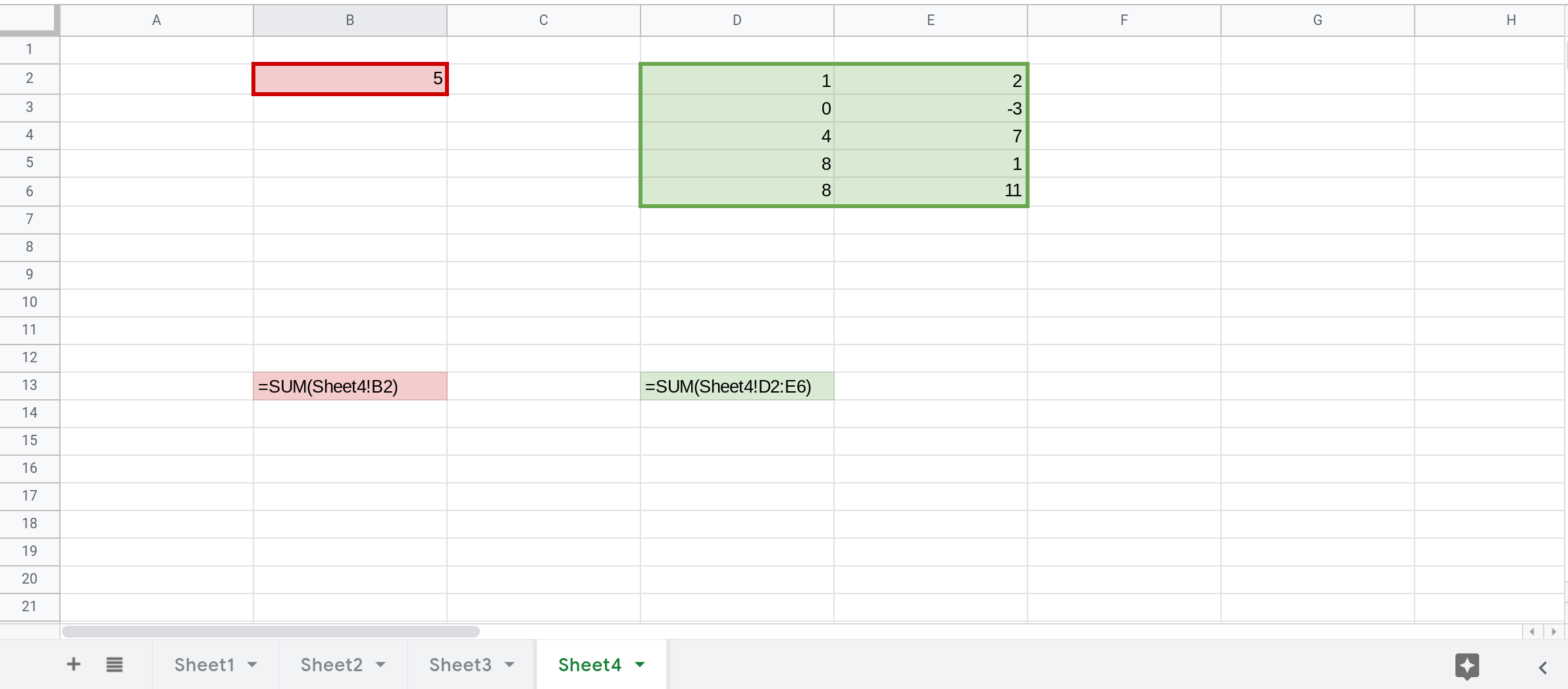



Range In Google Sheets



2
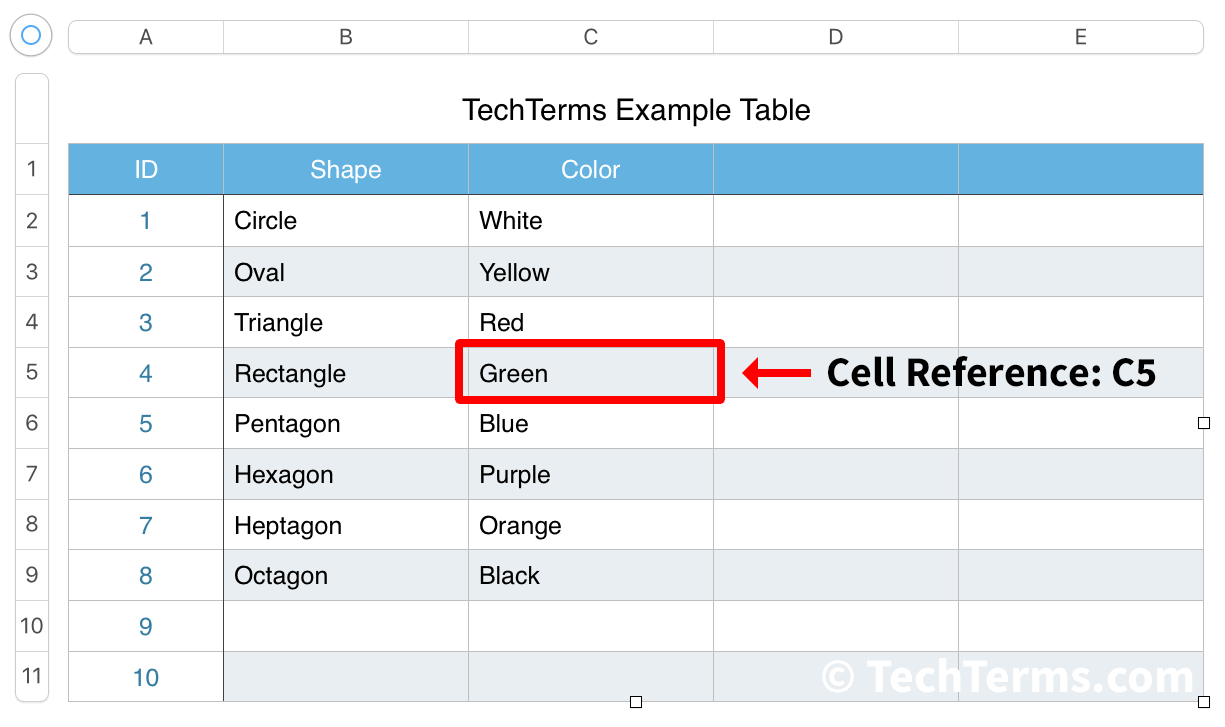



Cell Reference Definition




How To Use Named Ranges To Quickly Navigate An Excel Workbook Techrepublic




25 Excel Skills All Levels Basic Intermediate Advanced Test




2 2 Statistical Functions Beginning Excel First Edition



Trace Precedents In Excel Find Formulas Functions And Cells Connected To A Cell Pryor Learning Solutions




Lambda The Ultimate Excel Worksheet Function Microsoft Research
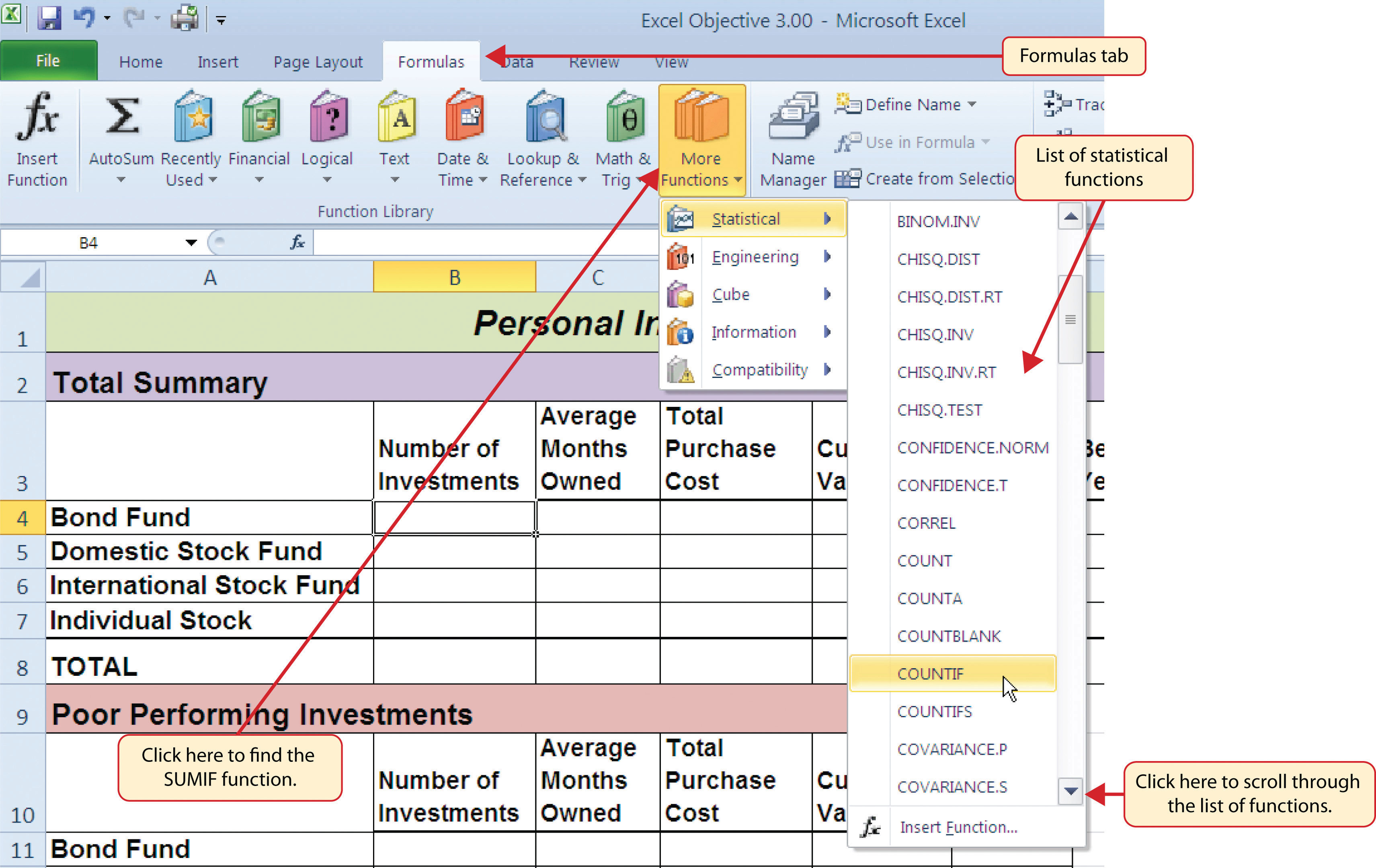



Statistical If Functions



Www Dit Ie Media Ittraining Msoffice Moac Excel 16 Core Pdf
:max_bytes(150000):strip_icc()/ContigousRanges-5bf433bd46e0fb0026fad75a.jpg)



Range Definition And Use In Excel Worksheets
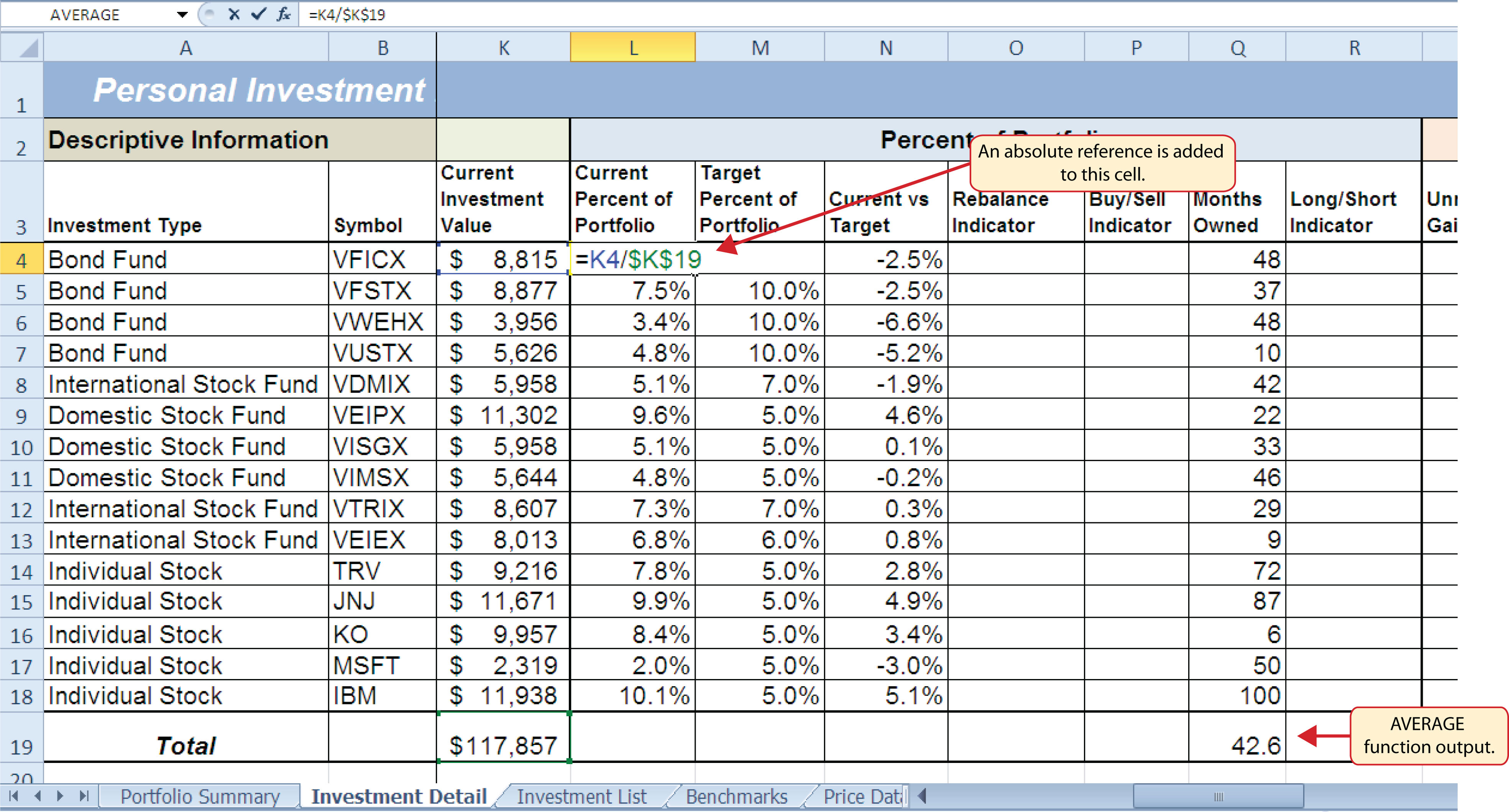



Logical And Lookup Functions




How To Use A Range Or A Cell As A Variable In Vba




Ranking Functions In Excel Real Statistics Using Excel
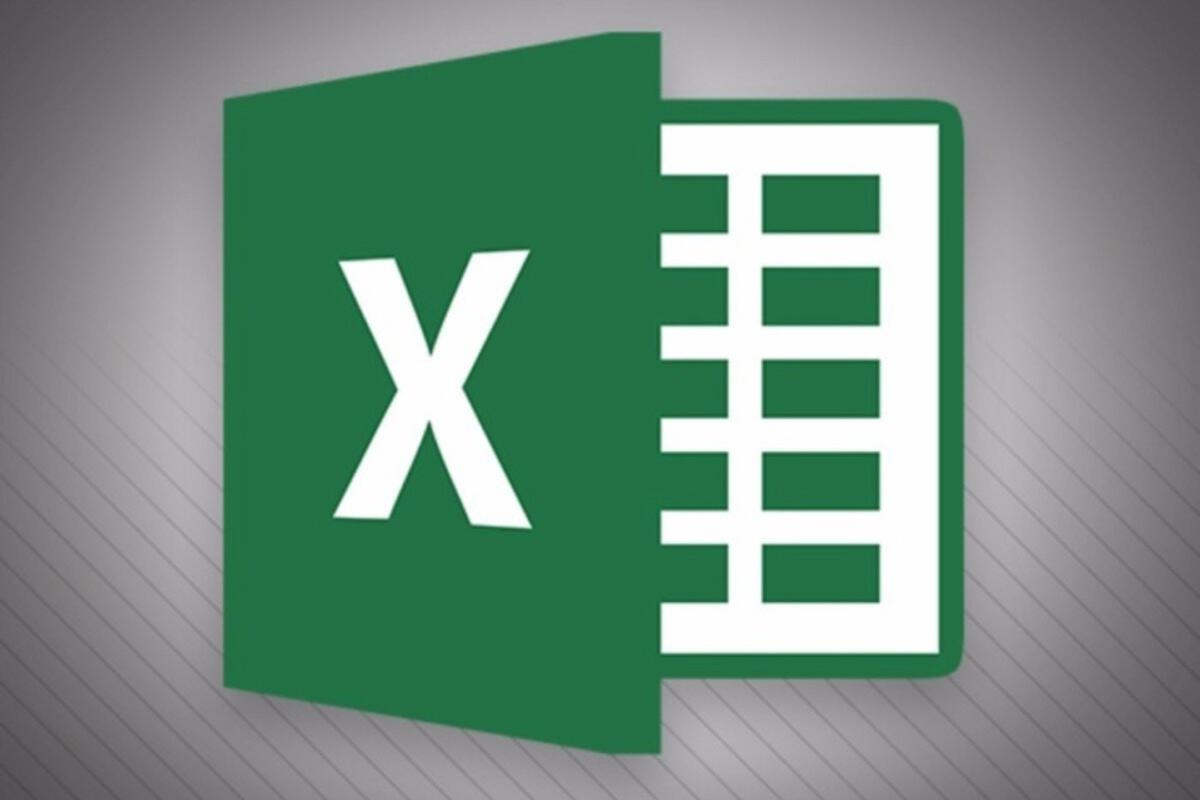



Excel Formulas The Most Popular Functions And Tools With Examples Pcworld
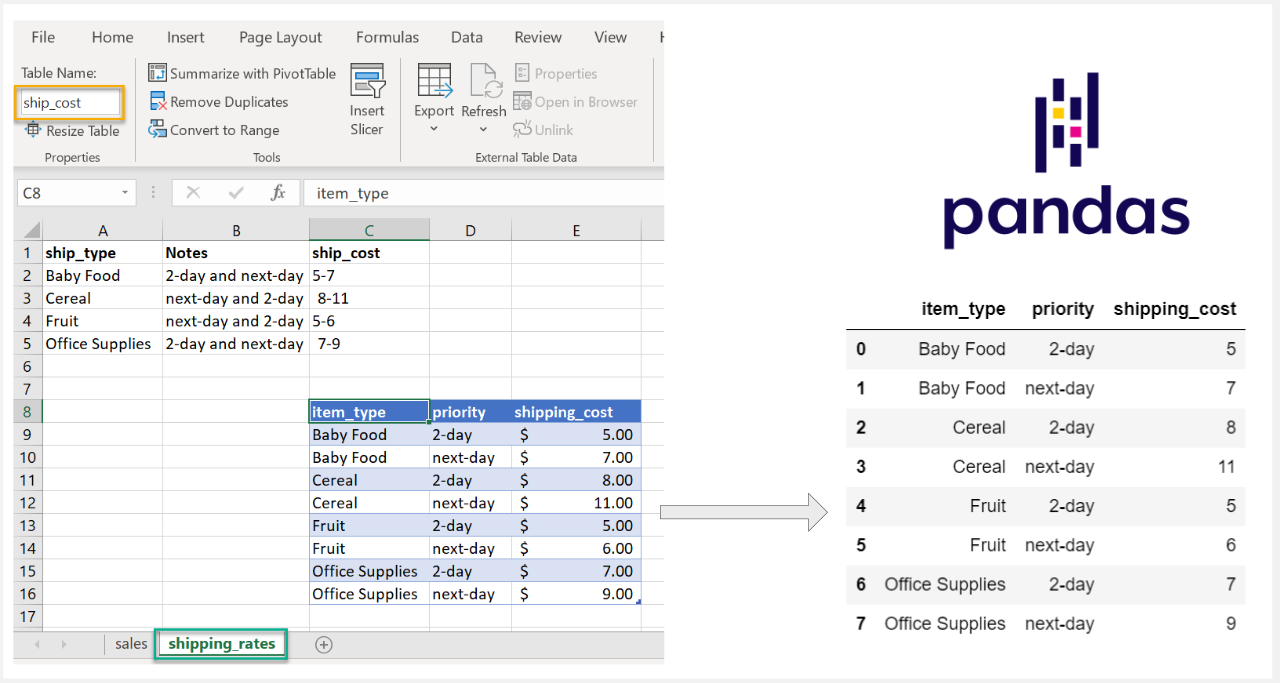



Reading Poorly Structured Excel Files With Pandas Practical Business Python
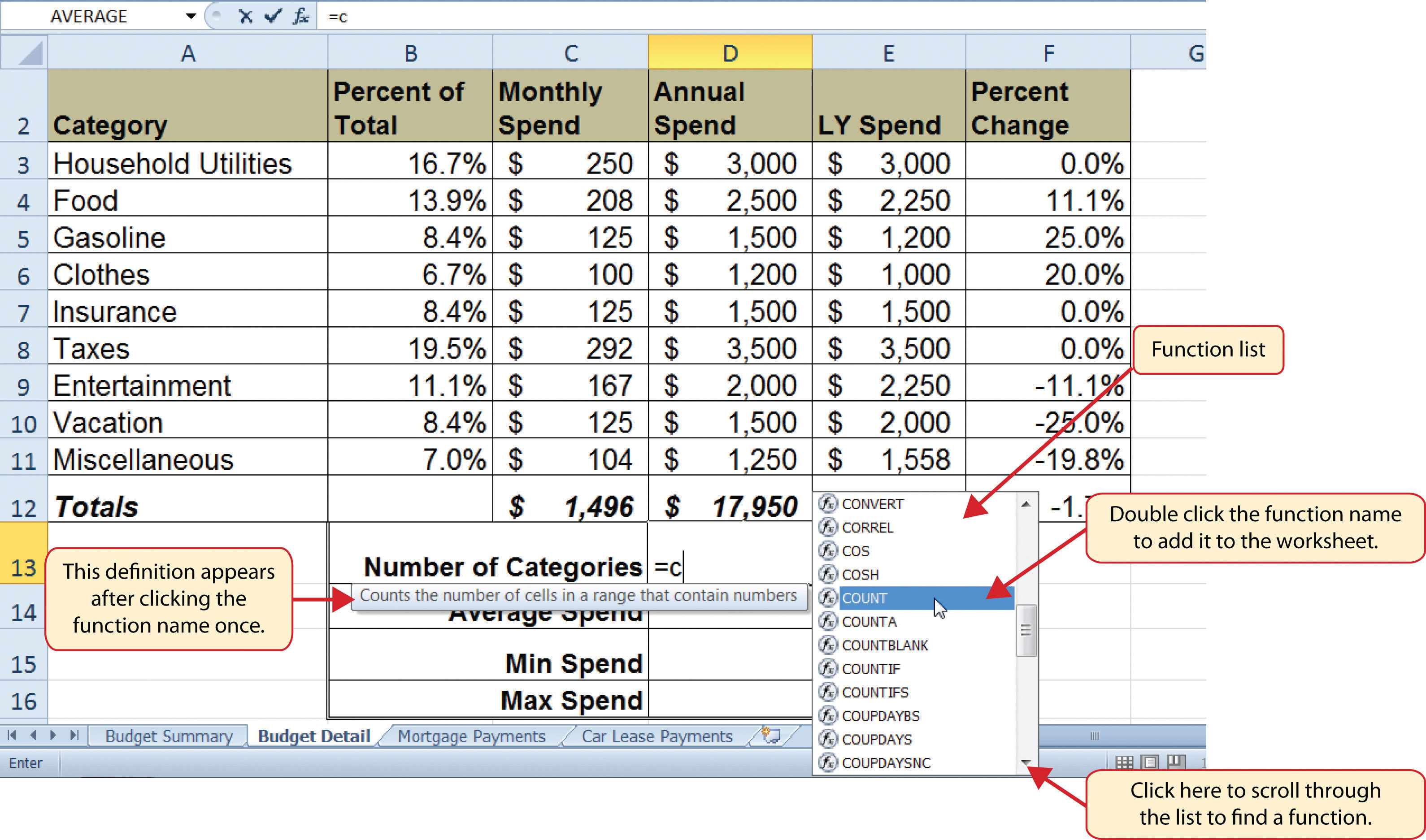



Statistical Functions
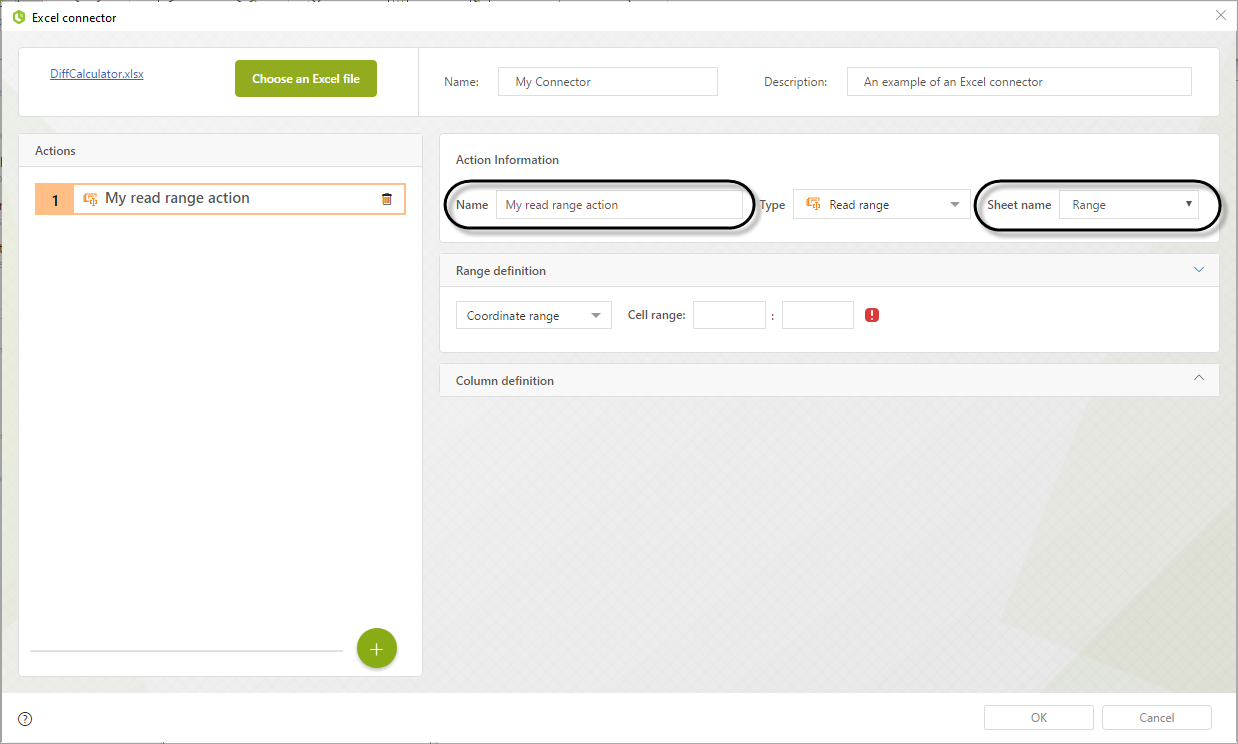



Bizagi Studio Integrating External Applications From Bizagi Excel Connector Read Range Action
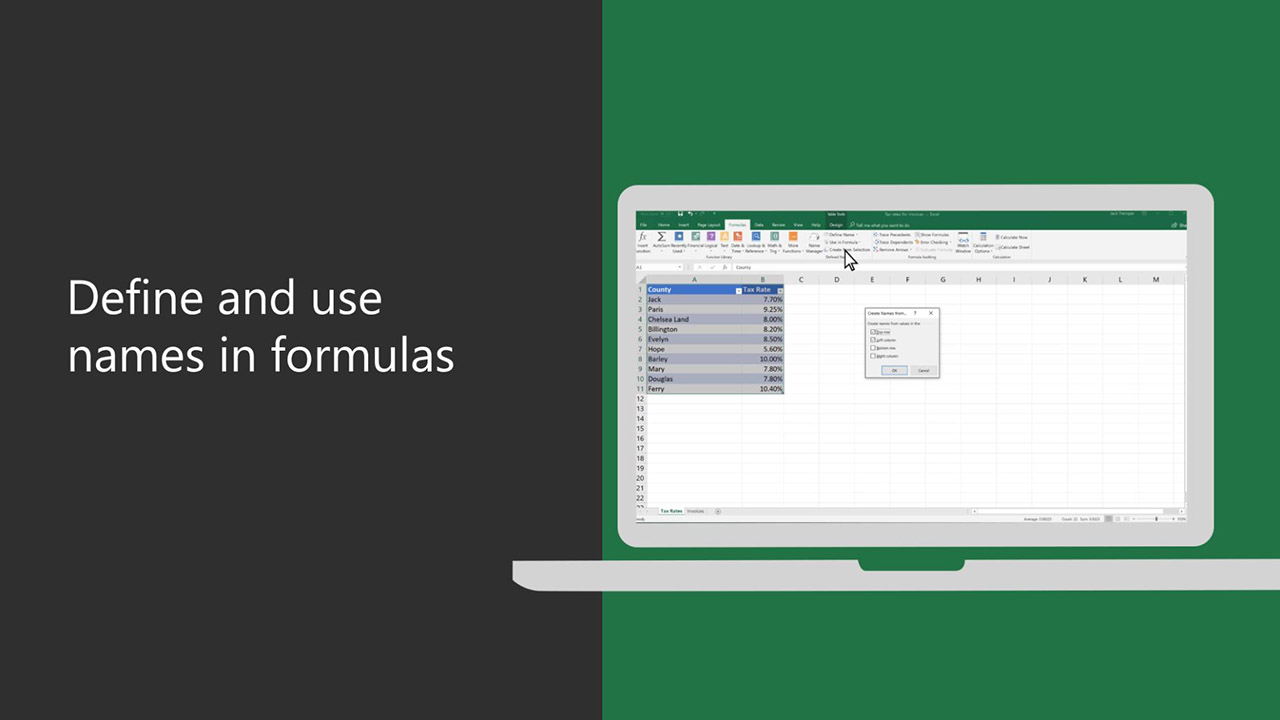



Define And Use Names In Formulas Office Support
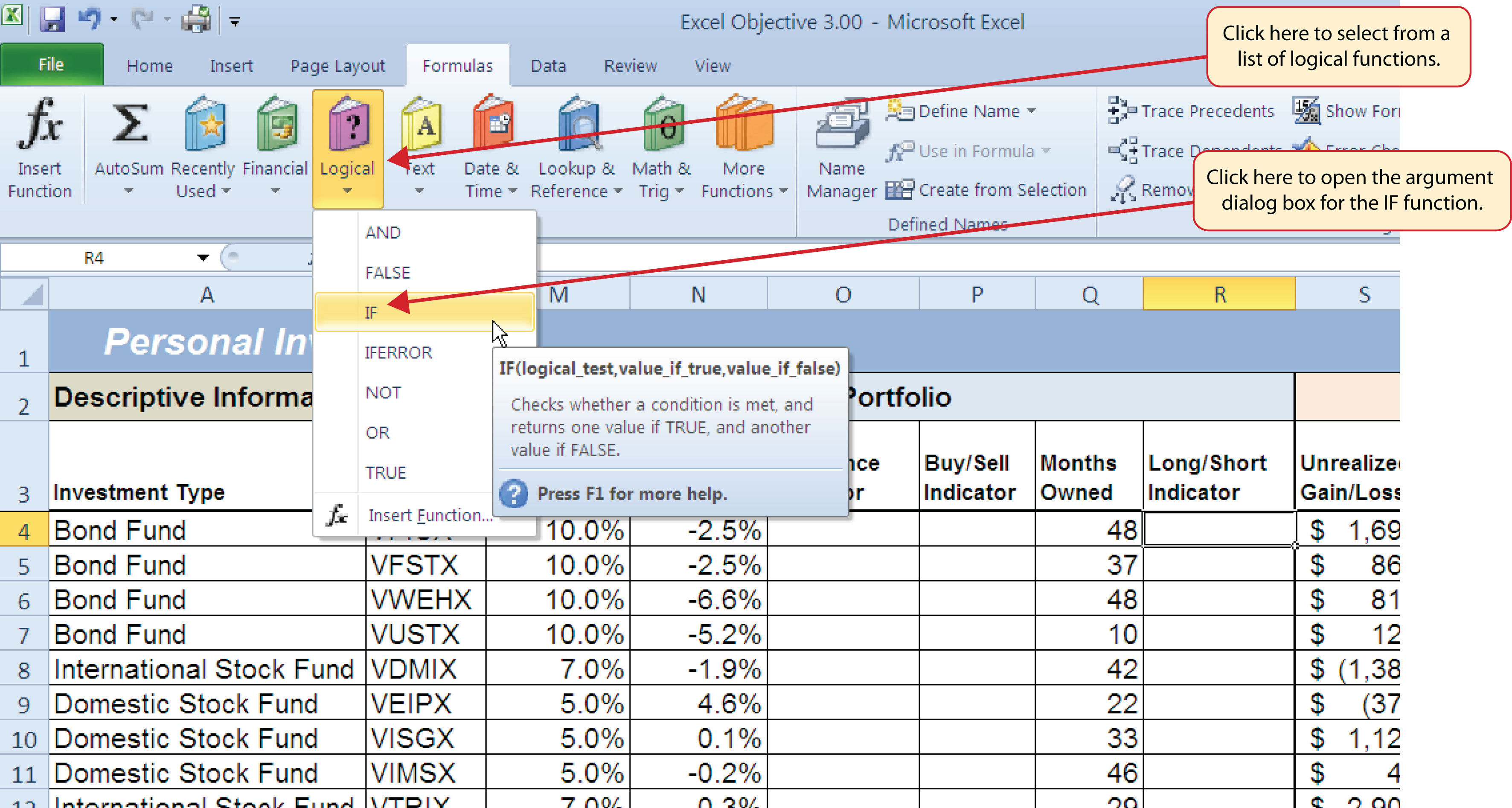



Logical And Lookup Functions



0 件のコメント:
コメントを投稿